Tech Industry
Latest about Tech Industry
-
-
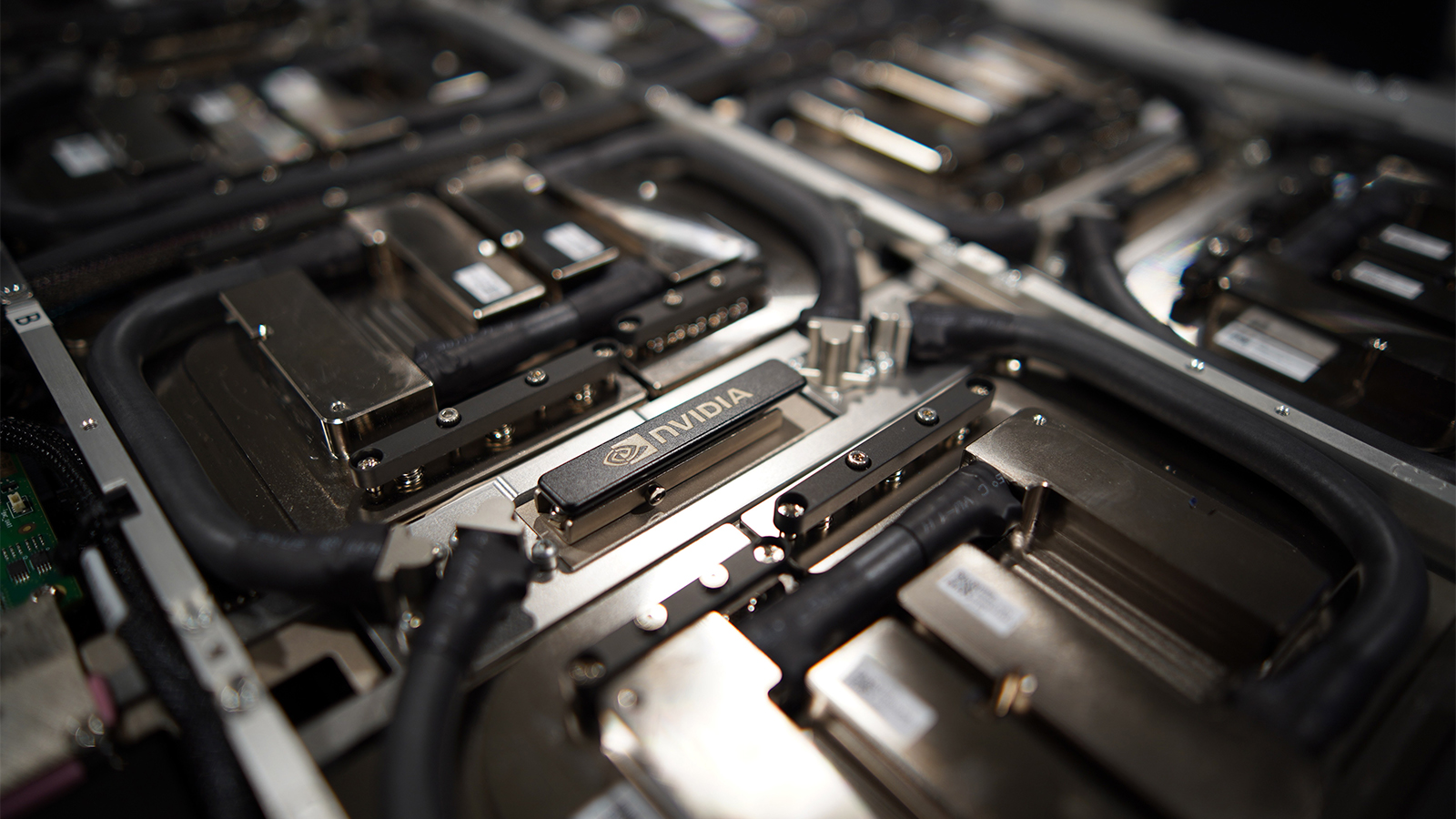
Nvidia says 'We never deprive American customers in order to serve the rest of the world'
By Anton Shilov Published
-

Romance scammer posing as a stranded astronaut swindled an 80-year-old woman out of thousands of dollars
By Mark Tyson Published
-

Anthropic to pay $1.5B over pirated books in Claude AI training
By Luke James Published
-
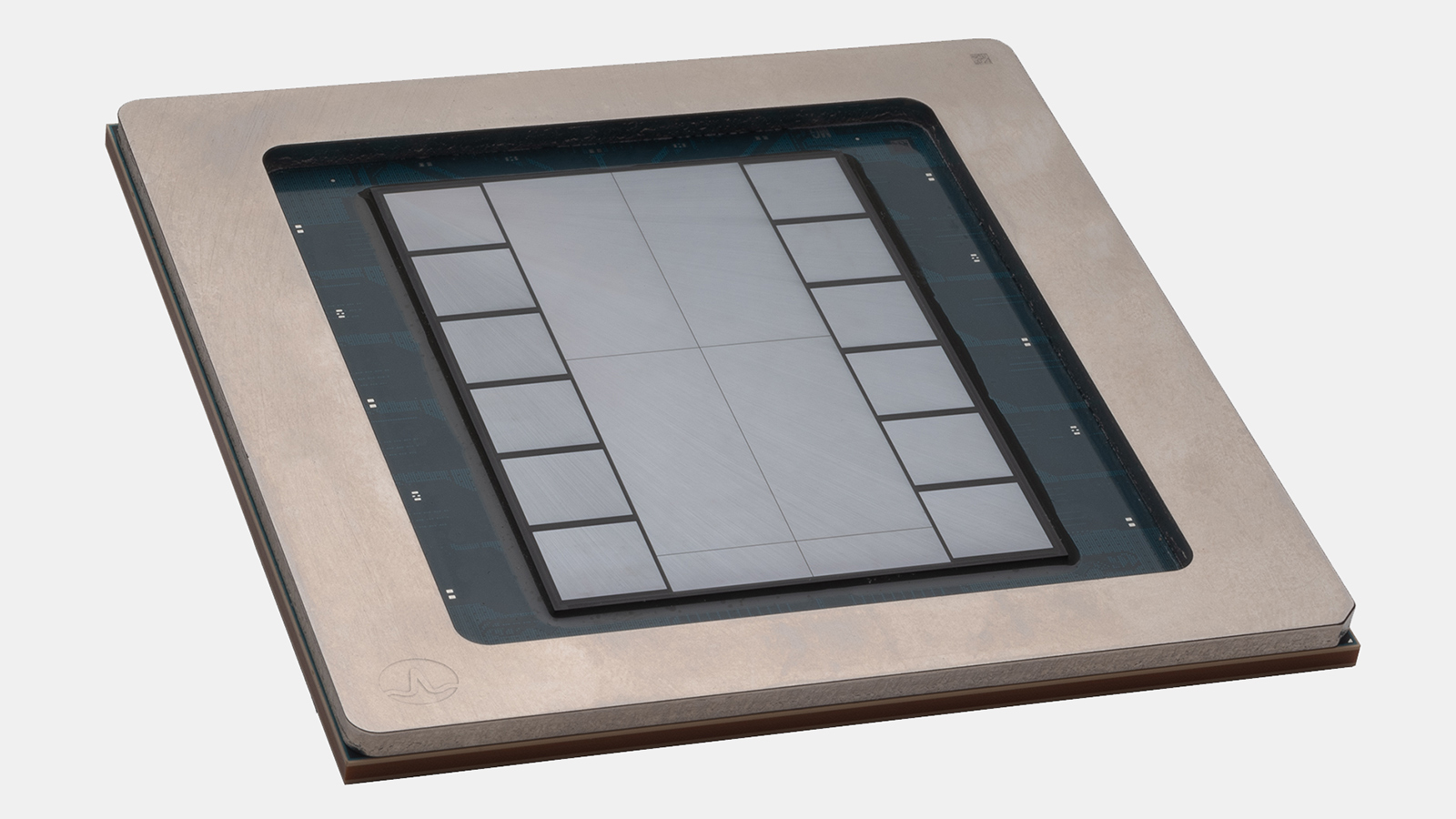
OpenAI widely thought to be Broadcom's mystery $10 billion custom AI processor customer
By Anton Shilov Published
-

Anthropic blocks Chinese-controlled firms from Claude AI
By Luke James Published
-

Synopsys adds generative AI for chip development with Synopsys.ai Copilot design software
By Anton Shilov Published
-
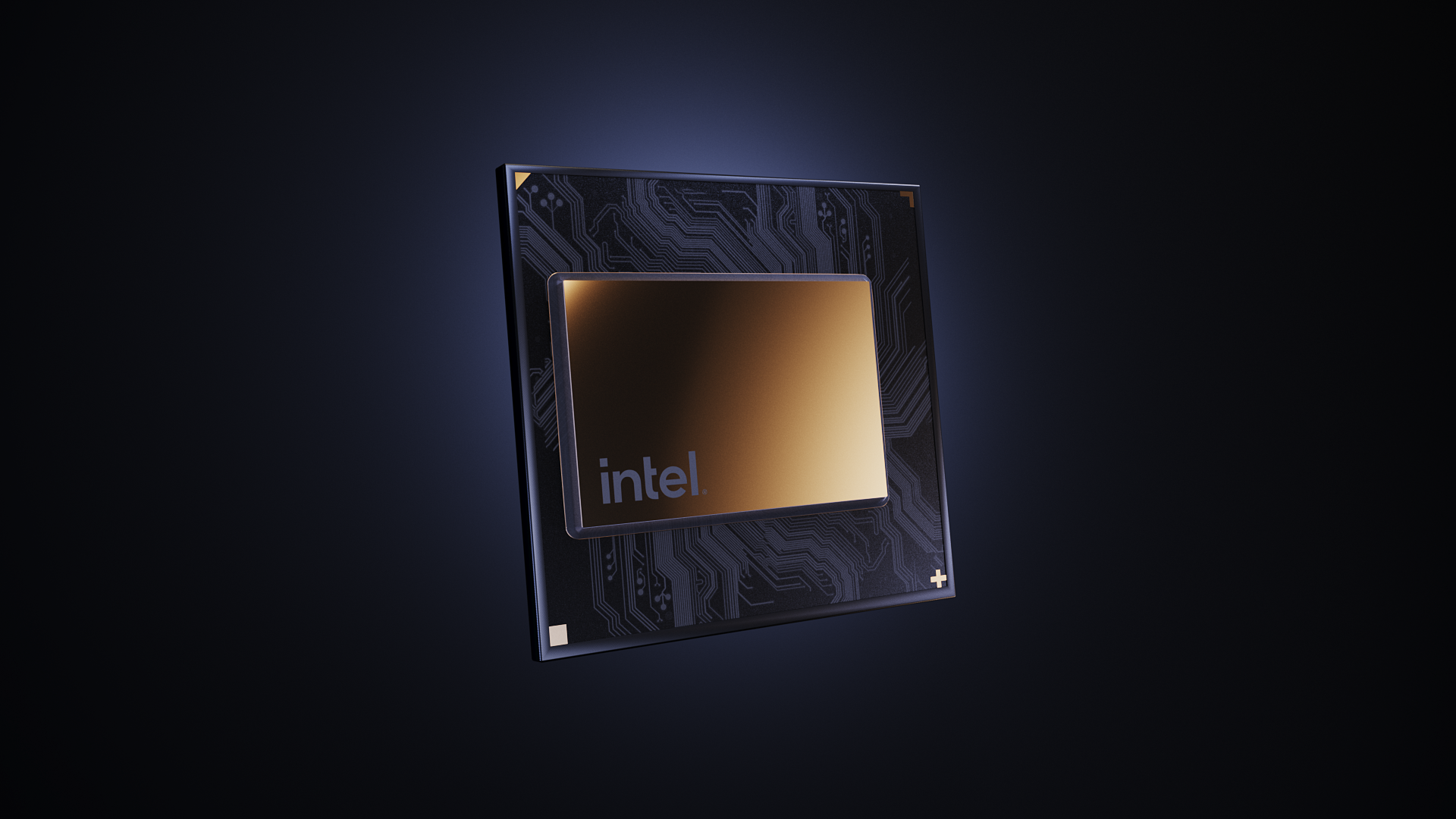
Intel’s BZM2 Blockscale chips return from the dead — and they’re being given away for free
By Luke James Published
-
Explore Tech Industry
Artificial Intelligence
-
-

Nvidia says 'We never deprive American customers in order to serve the rest of the world'
By Anton Shilov Published
-

Anthropic to pay $1.5B over pirated books in Claude AI training
By Luke James Published
-

OpenAI widely thought to be Broadcom's mystery $10 billion custom AI processor customer
By Anton Shilov Published
-
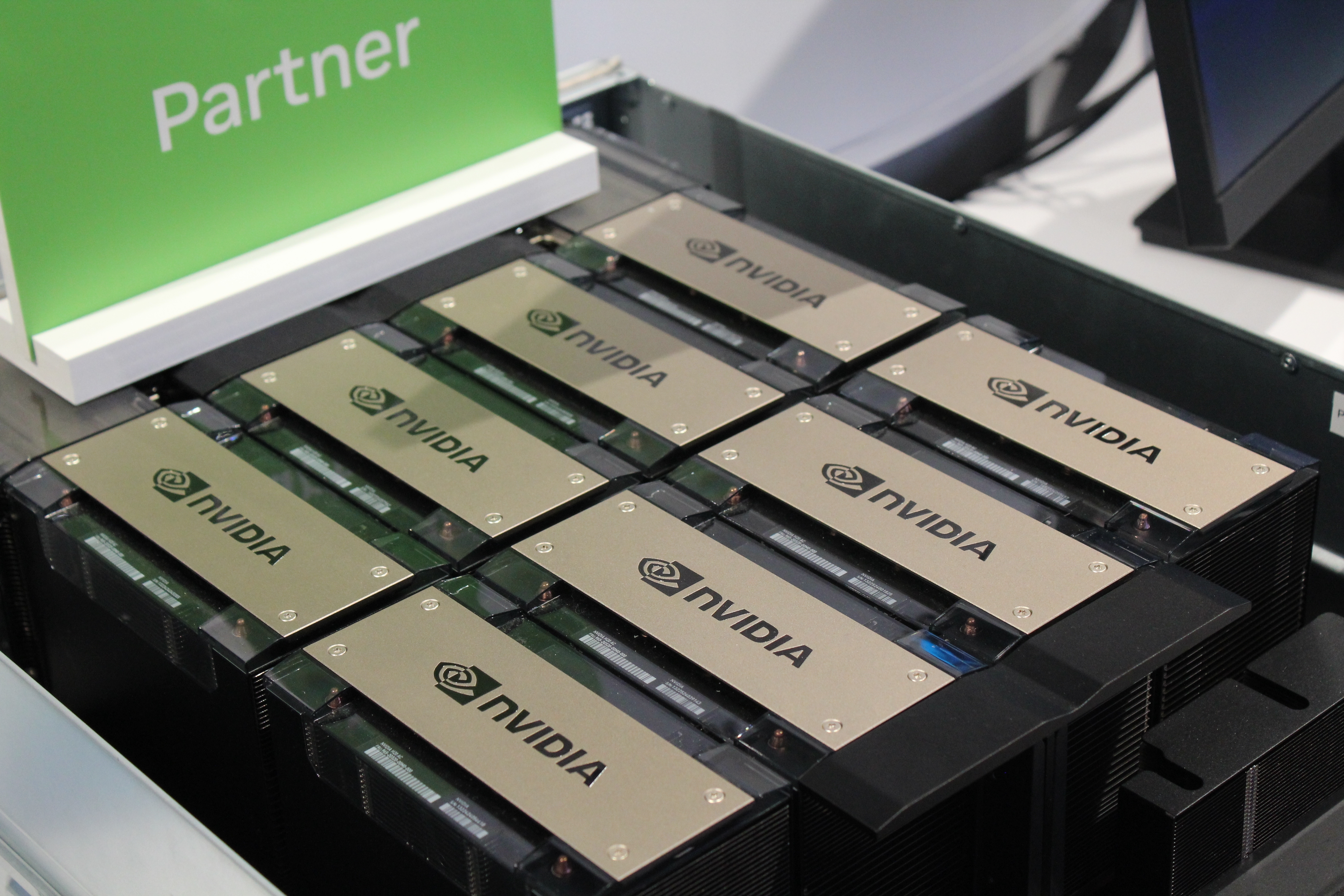
Nvidia to lease its own chips from AI startup Lambda, deal involves 18,000 GPUs over a 4-year agreement
By Hassam Nasir Published
-
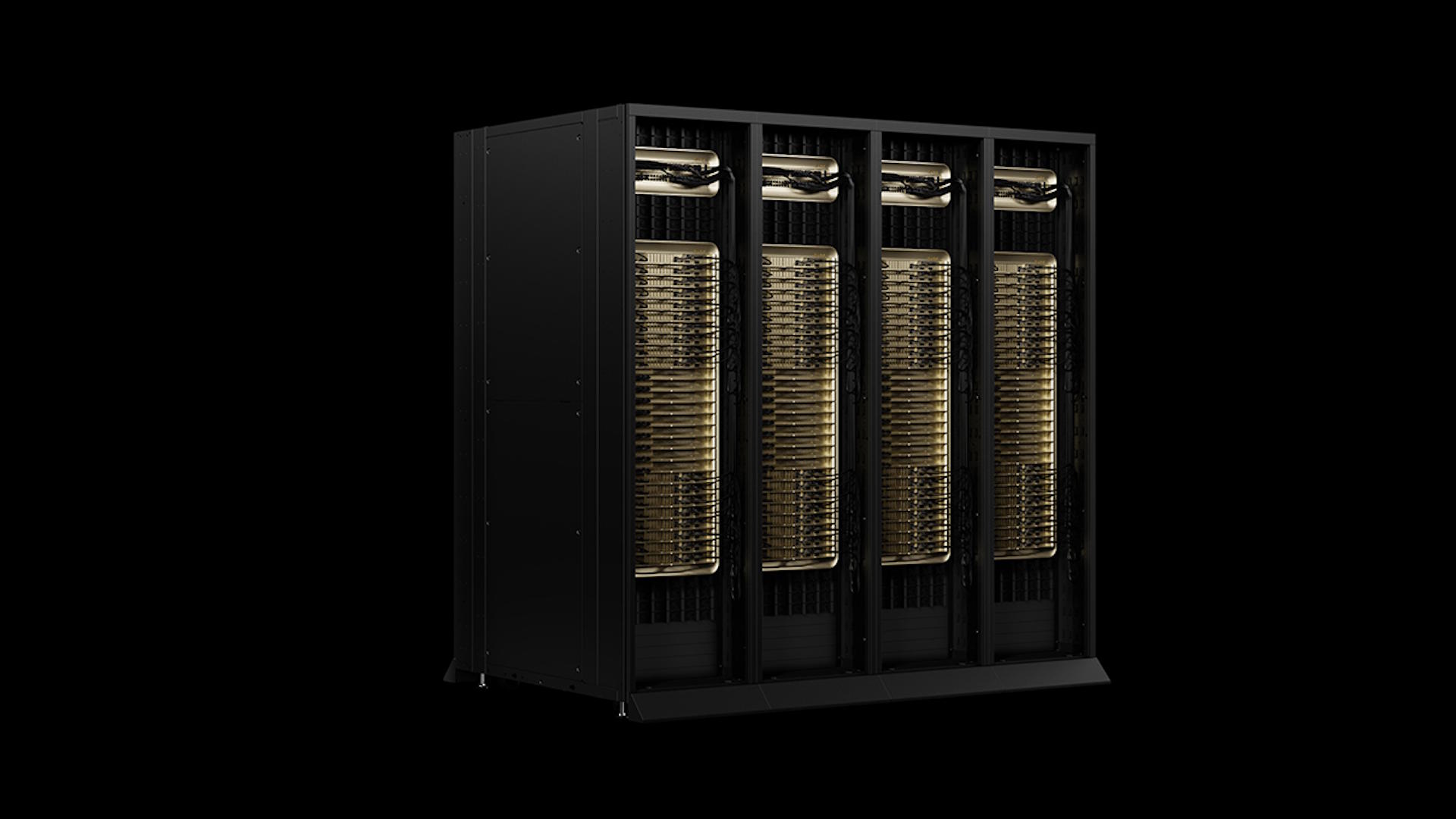
Nvidia's next-gen AI chip could double the price of H20 if China export is approved
By Jowi Morales Published
-

Acer unveils Project Digits supercomputer featuring Nvidia's GB10 superchip with 128GB of LPDDR5x
By Aaron Klotz Published
-
 Premium
PremiumDespite whispers of a bubble, OpenAI is planning a gigawatt-scale data center in India
By Jon Martindale Published
-

China subsidizes AI computing for small domestic companies
By Sunny Grimm Published
-

Chinese social media firms comply with strict AI labelling law
By Jon Martindale Published
-
Big Tech
-
-
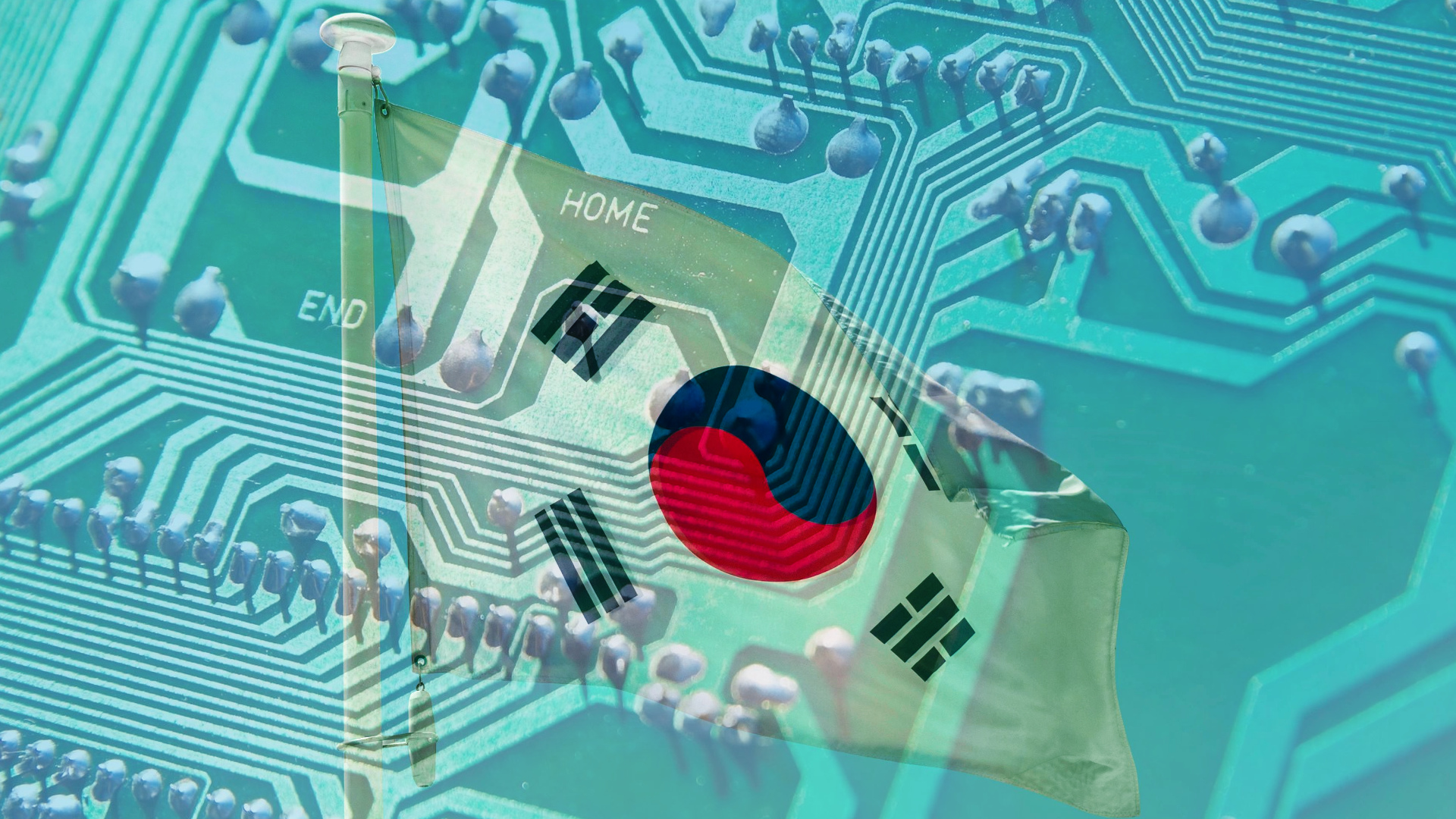
President Trump reignites 'digital barriers' issue warning that tariffs would be imposed on countries that 'harm US IT companies'
By Jowi Morales Published
-
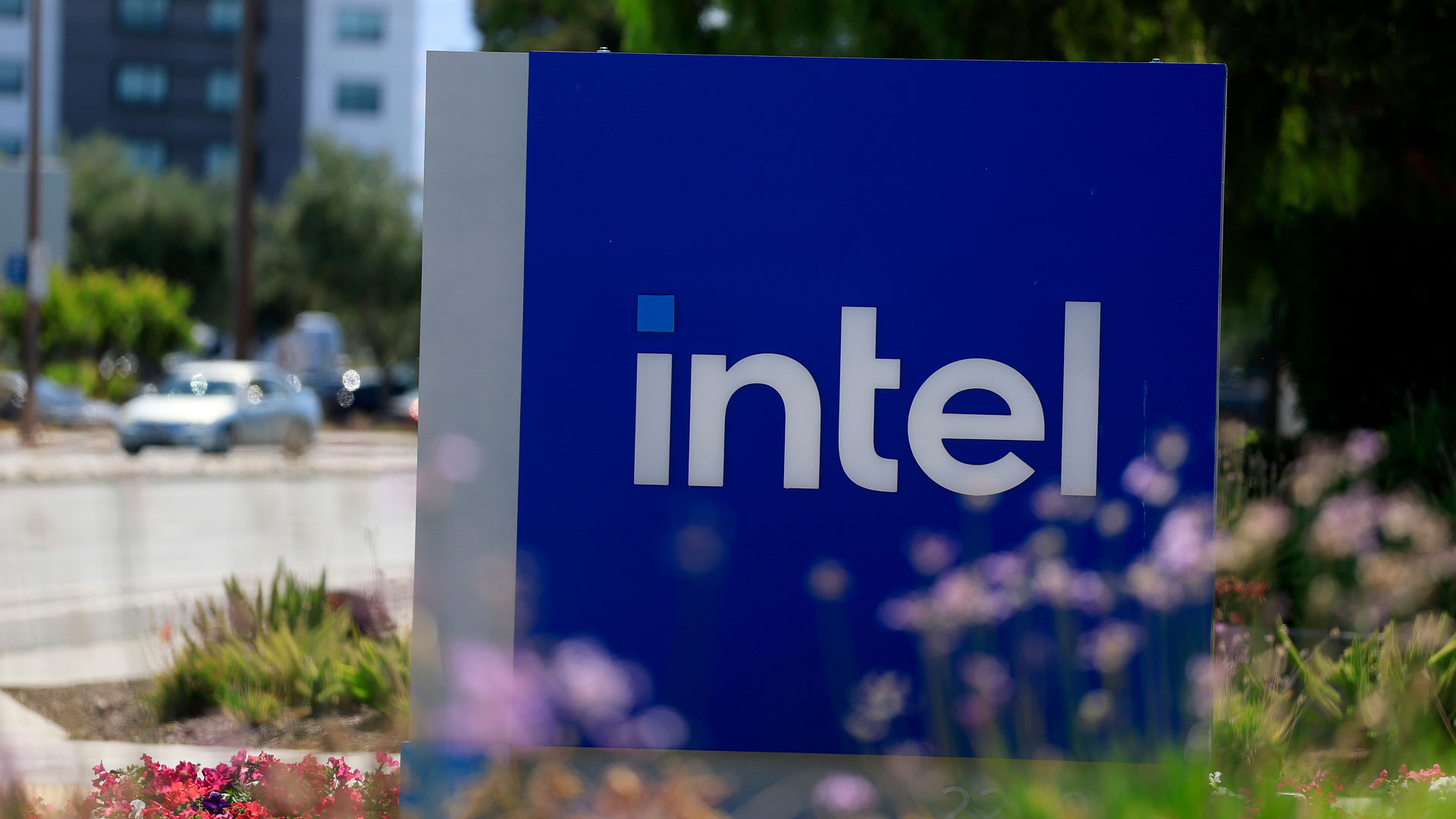
U.S. gov't will take a 9.9% ownership stake in Intel (Update)
By Andrew E. Freedman Last updated
-
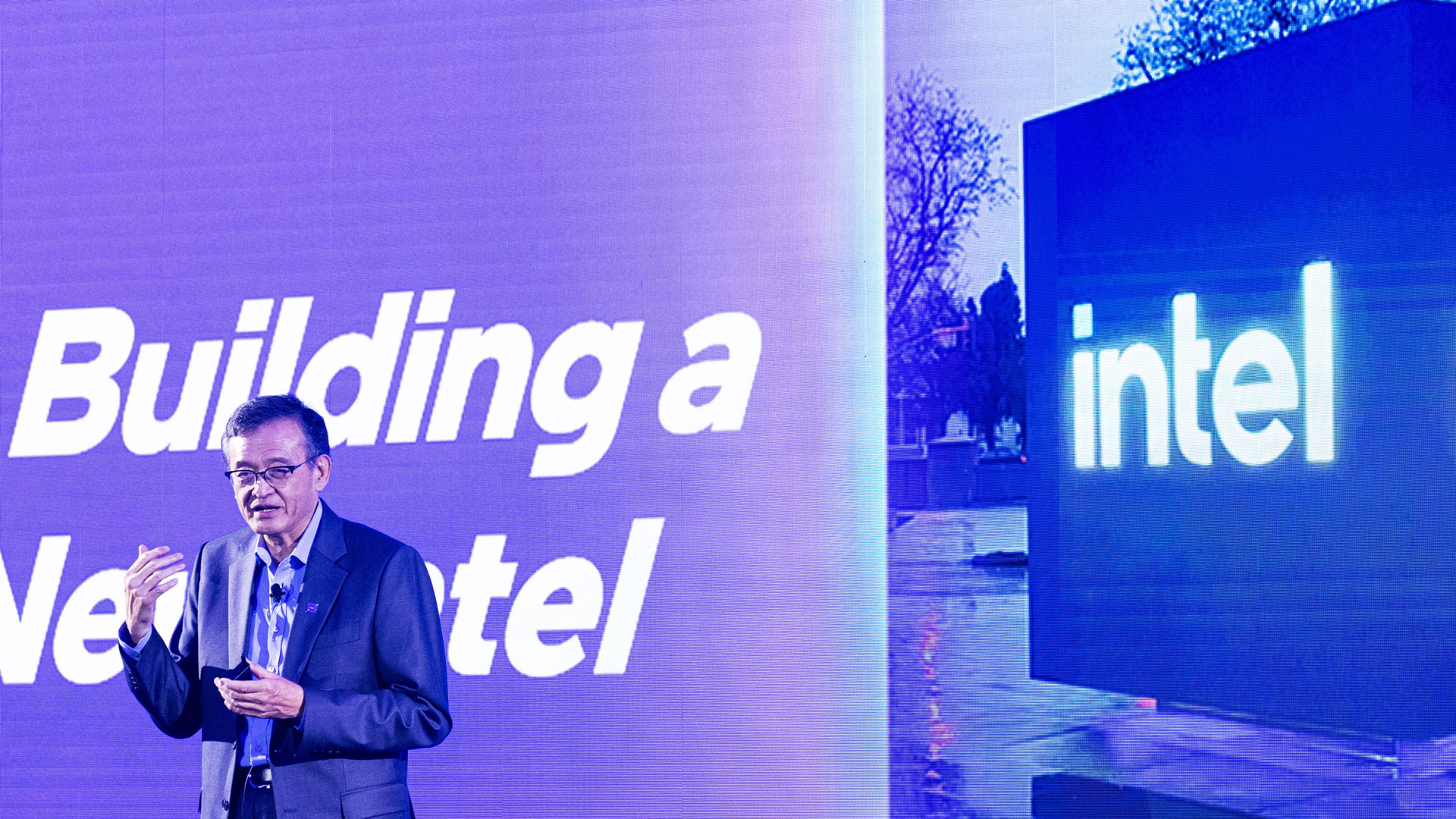
Trump calls for Intel CEO to resign
By Andrew E. Freedman Last updated
-

Qualcomm acquires Alphawave Semi for $2.4 billion
By Mark Tyson Published
-

$29.5 million home of Intel founder who invented Moore's Law goes up for sale
By Mark Tyson Published
-

UK company allegedly paid $4m in bribes to secure Microsoft data center construction contract
By Jowi Morales Published
-

Trump administration brands Amazon's tariff transparency plan a 'hostile and political act'
By Mark Tyson Published
-

Nvidia gaming GPUs an afterthought as AI generates mountains of cash — RTX 50-series shortages mentioned, not explained
By Jowi Morales Published
-

Apple says it will spend $500 billion in US over next four years as it faces down Trump tariffs
By Andrew E. Freedman Published
-
Cryptocurrency
-
-

Thailand’s $15B TouristDigiPay scheme will let visitors convert crypto to Baht
By Hassam Nasir Published
-
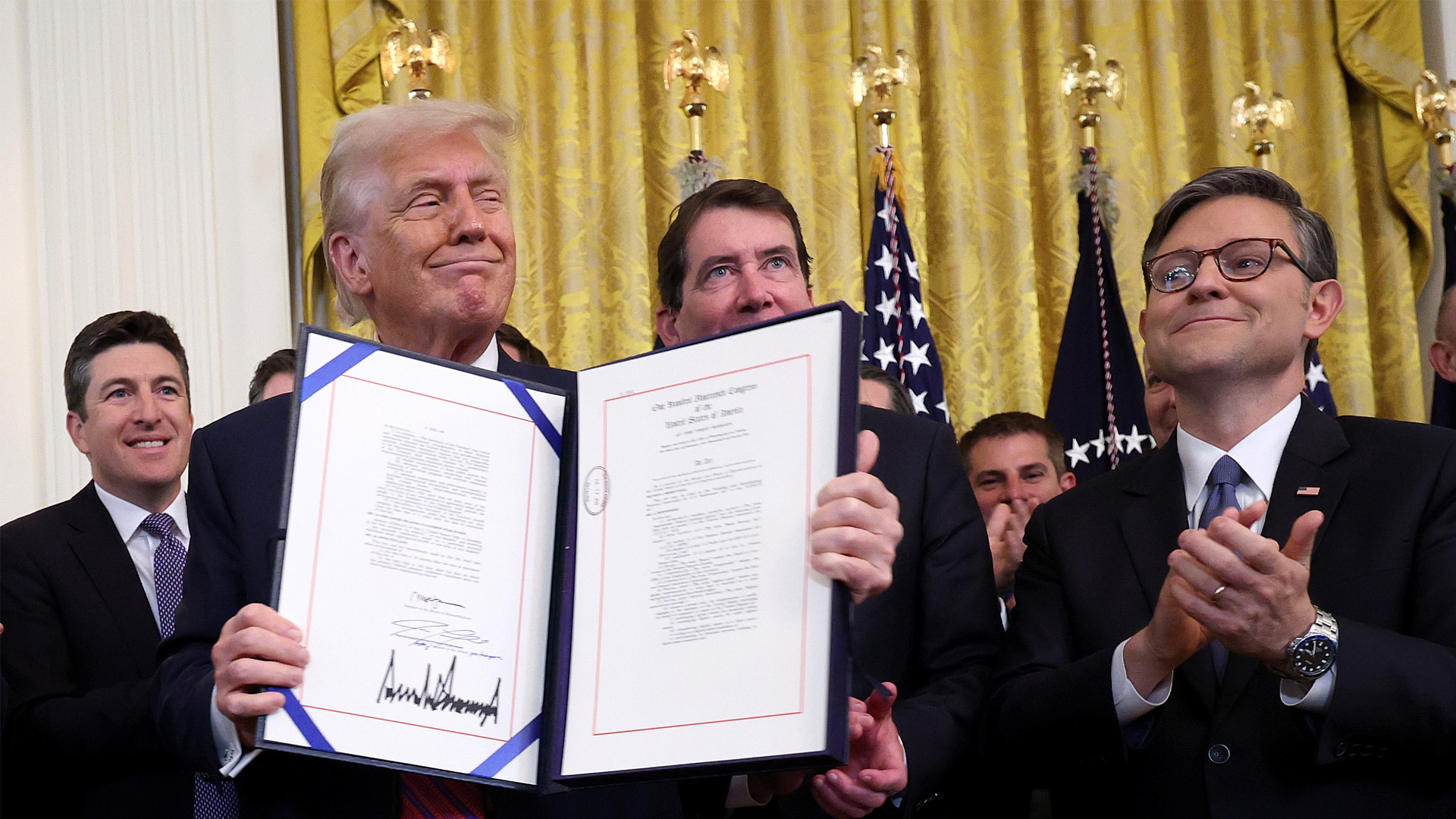
Stablecoins gain critical mass after GENIUS Act cements rules
By Jon Martindale Published
-

$3.5 billion Bitcoin hack from 2020 dwarfs Mt. Gox in value, is worth $14.5 billion today
By Aaron Klotz Published
-

FBI seizes $2.4 million in Bitcoin from member of recently ascendant Chaos ransomware group
By Aaron Klotz Published
-
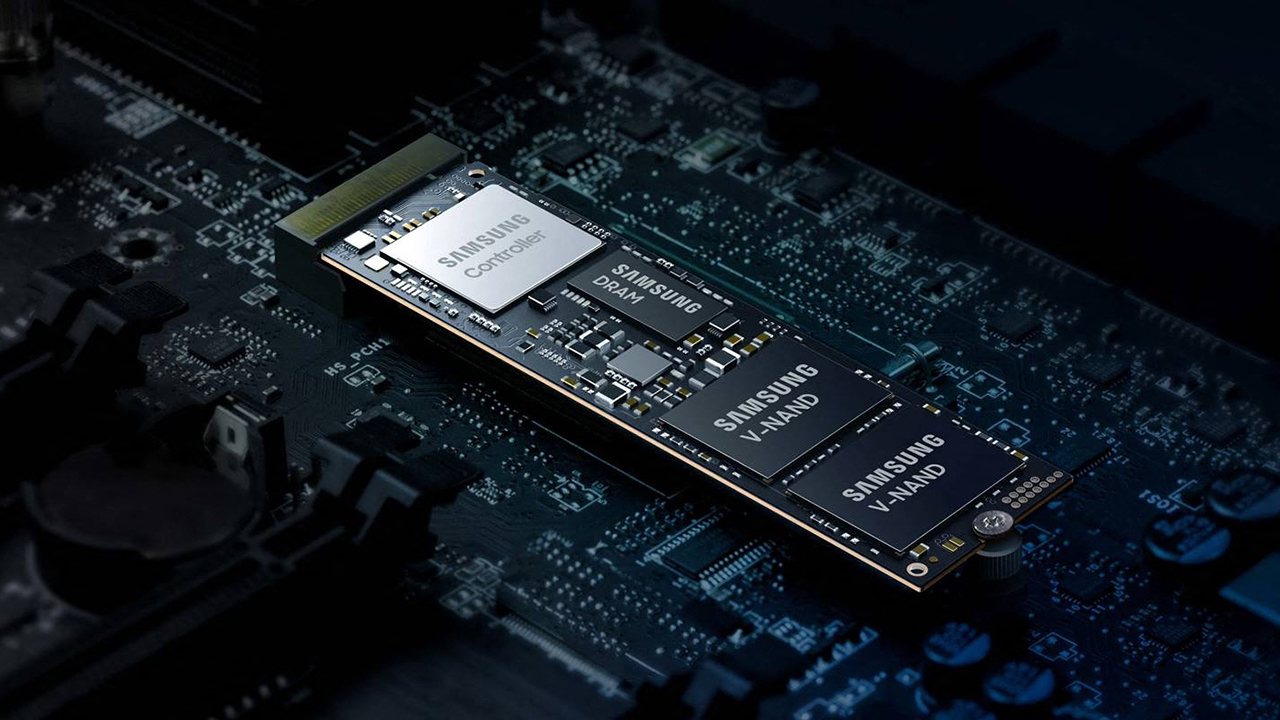
Crypto wallet Chrome extension is eating SSD storage at an alarming rate
By Nathaniel Mott Published
-

A Bitcoin whale just sold $9.5 billion in crypto that was originally acquired for $54,000 in 2014
By Mark Tyson Published
-
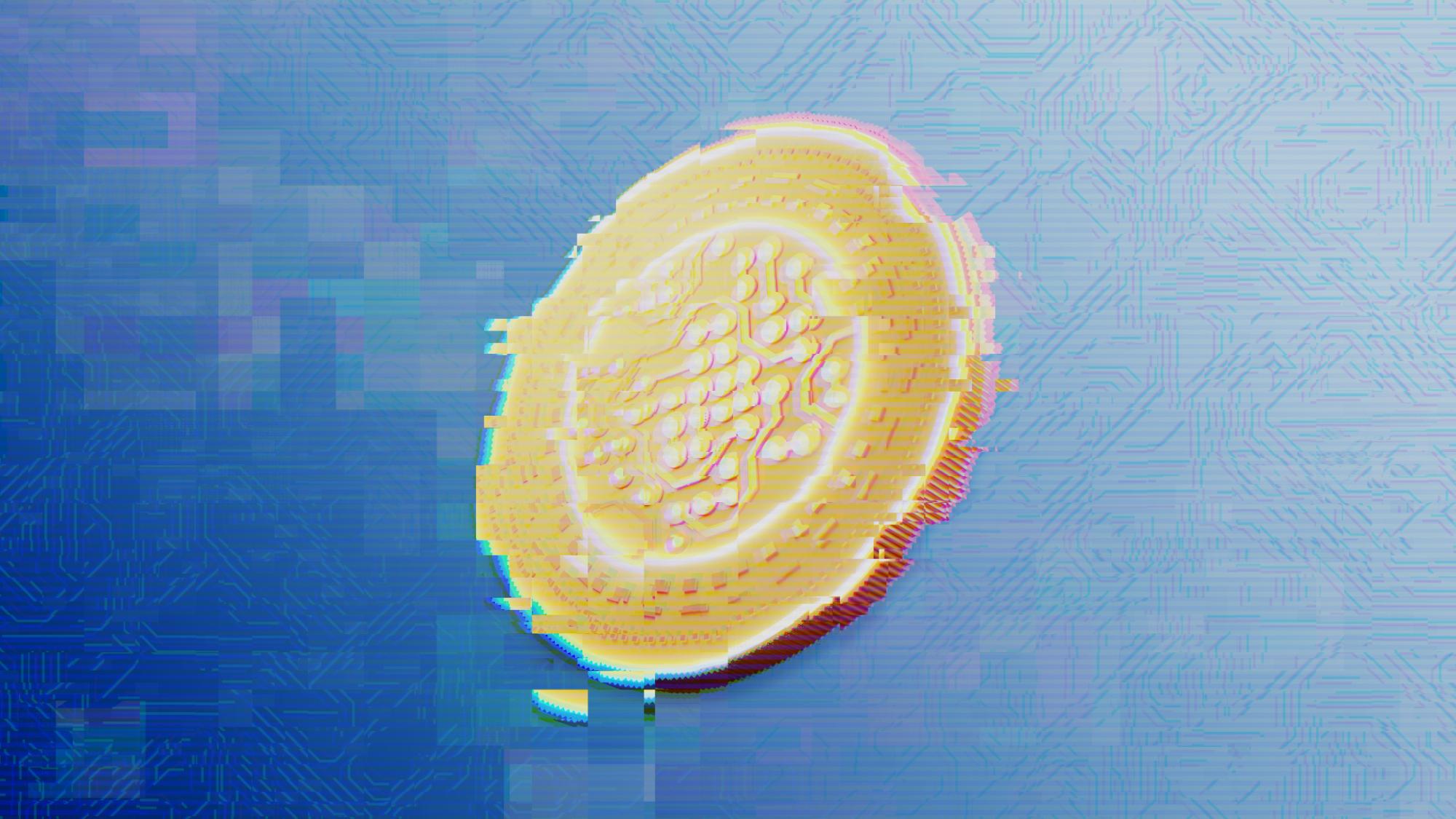
$6 million Bitcoin theft lands cop five and a half years in prison
By Jowi Morales Published
-

BigONE crypto exchange cleaned out for $27 million in Bitcoin, Ethereum, and more
By Jowi Morales Published
-

Bitcoin investor moves $8 billion worth of crypto after 14 years, originally bought for less than $210,000
By Hassam Nasir Published
-
Cyber Security
-
-

Romance scammer posing as a stranded astronaut swindled an 80-year-old woman out of thousands of dollars
By Mark Tyson Published
-
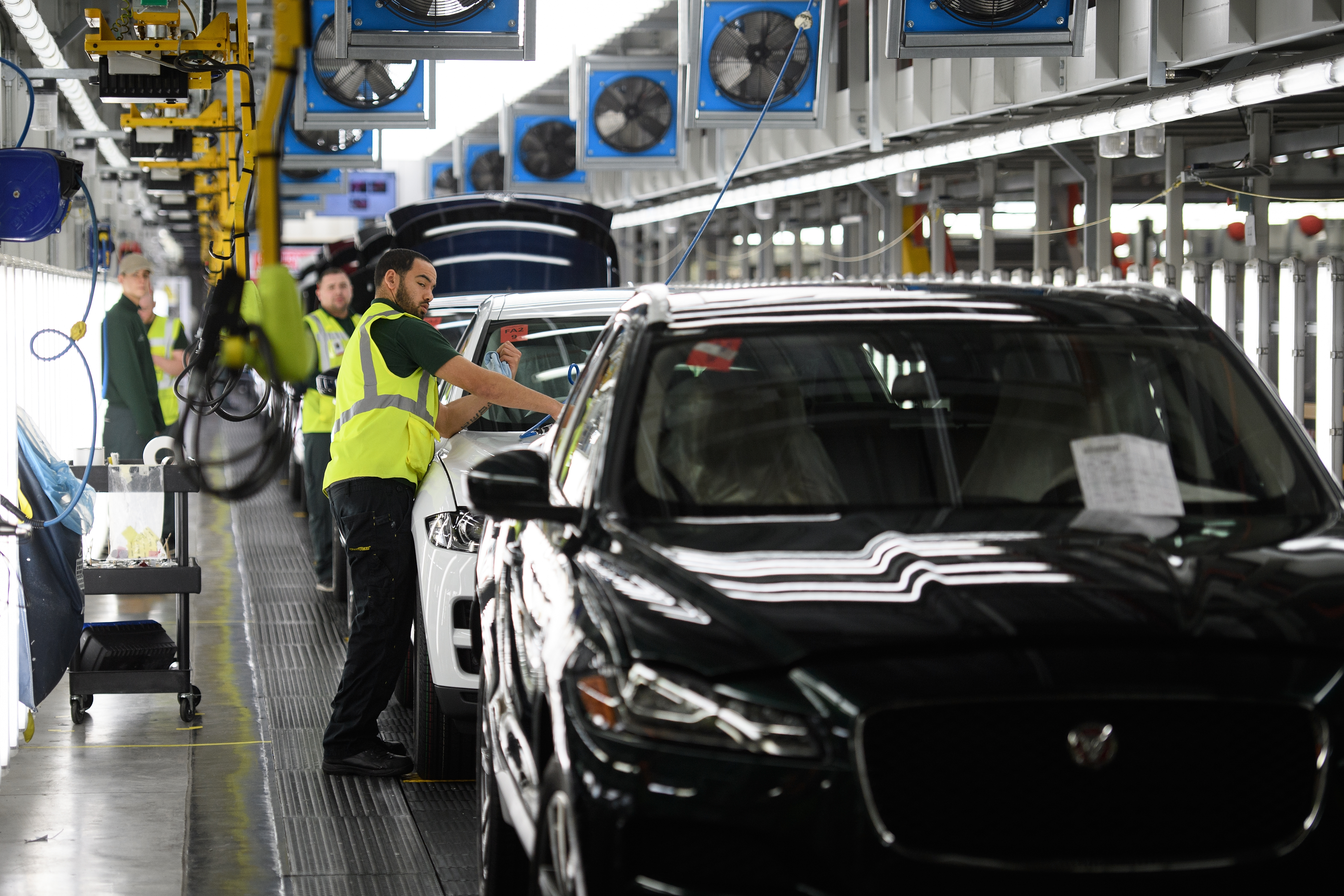
Jaguar Land Rover shuts down production due to ransomware attack
By Nathaniel Mott Published
-

AI-powered PromptLocker ransomware is just an NYU research project
By Nathaniel Mott Published
-

US offers $10M reward for snitching on trio of Russians that hacked critical infrastructure
By Nathaniel Mott Published
-

Report says North Korea is also posting fake jobs to steal crypto
By Nathaniel Mott Published
-

Cloudflare blocks record-setting 11.5Tbps DDoS attack two months after the previous record-setting DDoS attack
By Nathaniel Mott Published
-

Google is getting ready to 'hack back' as US considers shifting from cyber defense to offense
By Nathaniel Mott Published
-
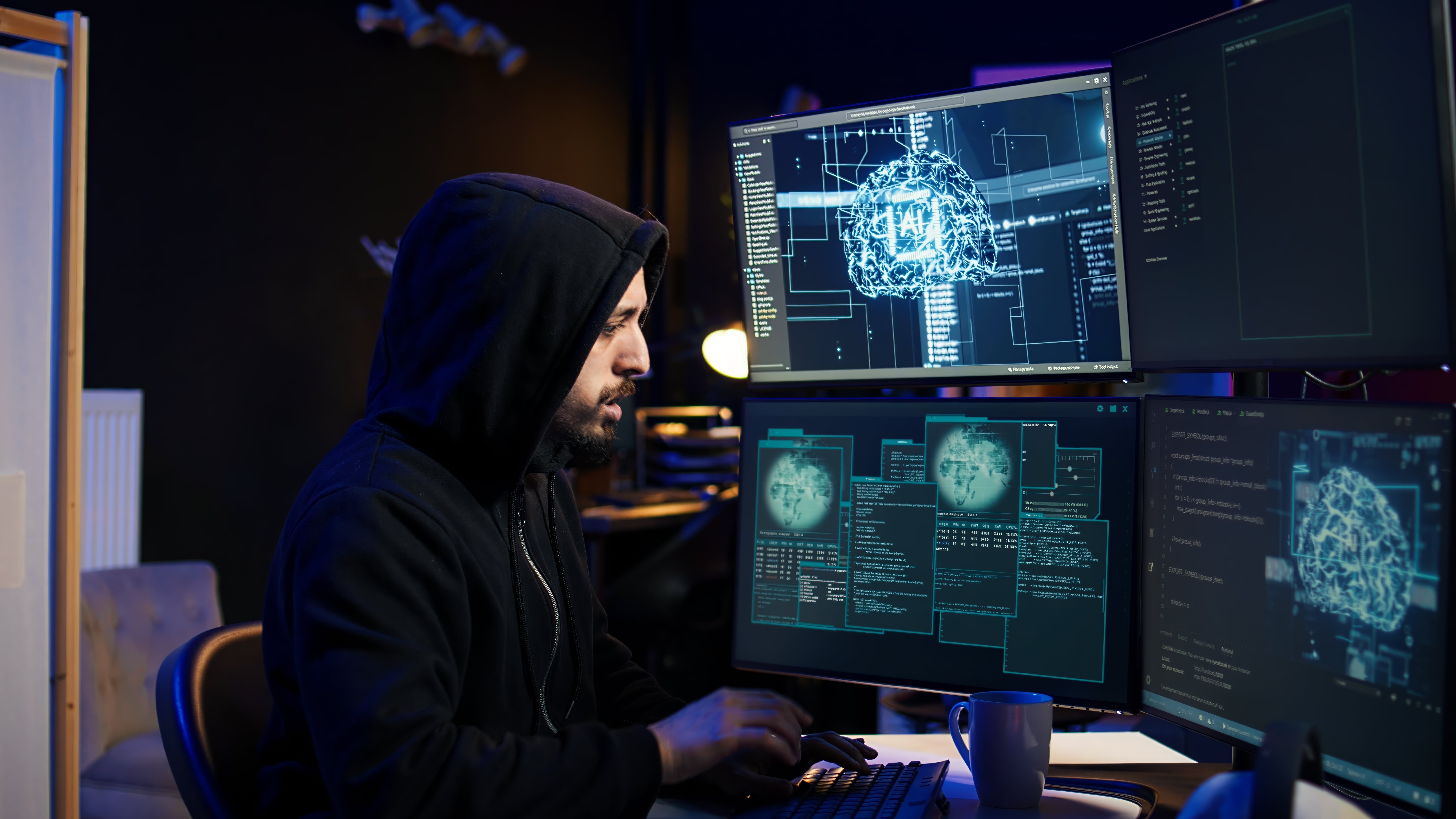
ESET has discovered the first AI-powered ransomware
By Nathaniel Mott Published
-

Ransomware attack disrupts Maryland's public transit service for disabled travelers
By Nathaniel Mott Published
-
Manufacturing
-
-

Synopsys adds generative AI for chip development with Synopsys.ai Copilot design software
By Anton Shilov Published
-

Intel’s BZM2 Blockscale chips return from the dead — and they’re being given away for free
By Luke James Published
-

Trump warns that he will soon announce ‘fairly substantial’ chip tariffs
By Luke James Published
-

China injects tens of billions of dollars in chipmaking tools, but it's easily more than a decade behind the market leaders — Here's why
By Anton Shilov Published
-
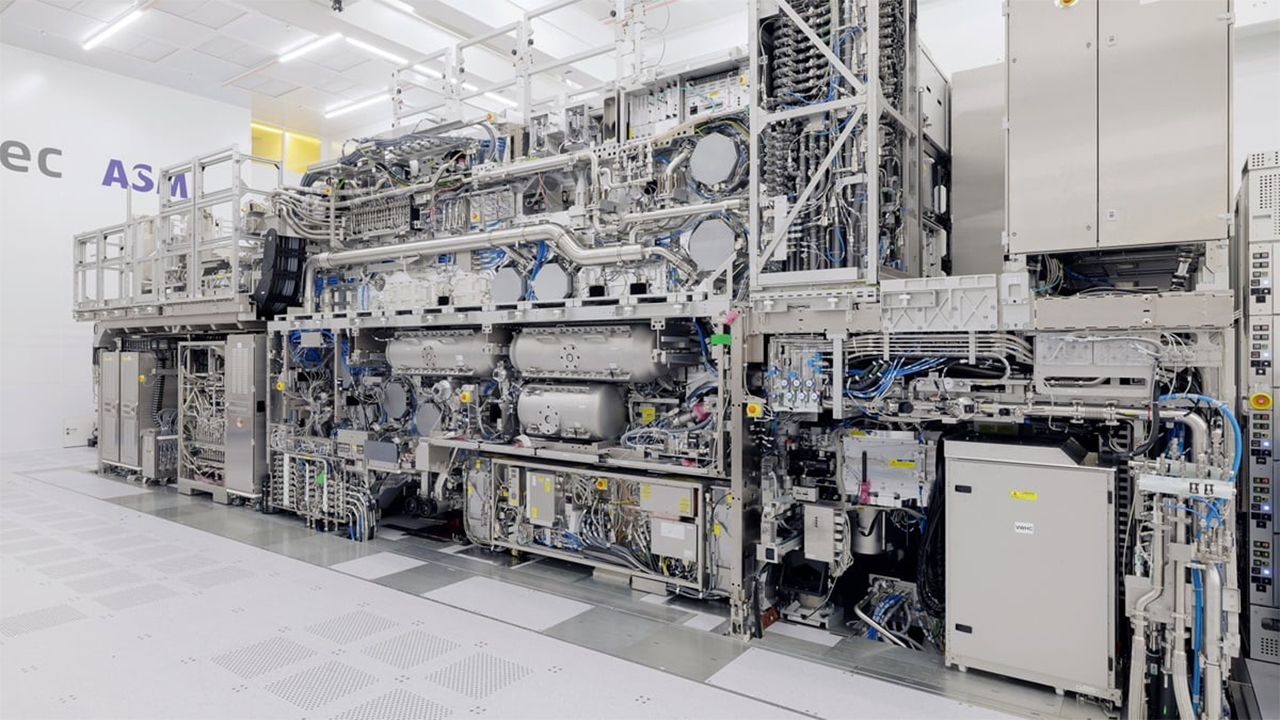
ASML and SK hynix assemble industry-first 'commercial' High-NA EUV system at fab in South Korea
By Anton Shilov Published
-

U.S. gov't revokes TSMC's authorization to ship tools to its fabs in China — special export license to be pulled by end of 2025
By Anton Shilov Published
-
 Premium
PremiumTSMC to reportedly raise quotes on advanced process nodes by up to 10% next year to pay for new fabs
By Anton Shilov Published
-

Amkor’s Arizona mega-plant could plug the holes in America’s chip ambitions
By Luke James Published
-
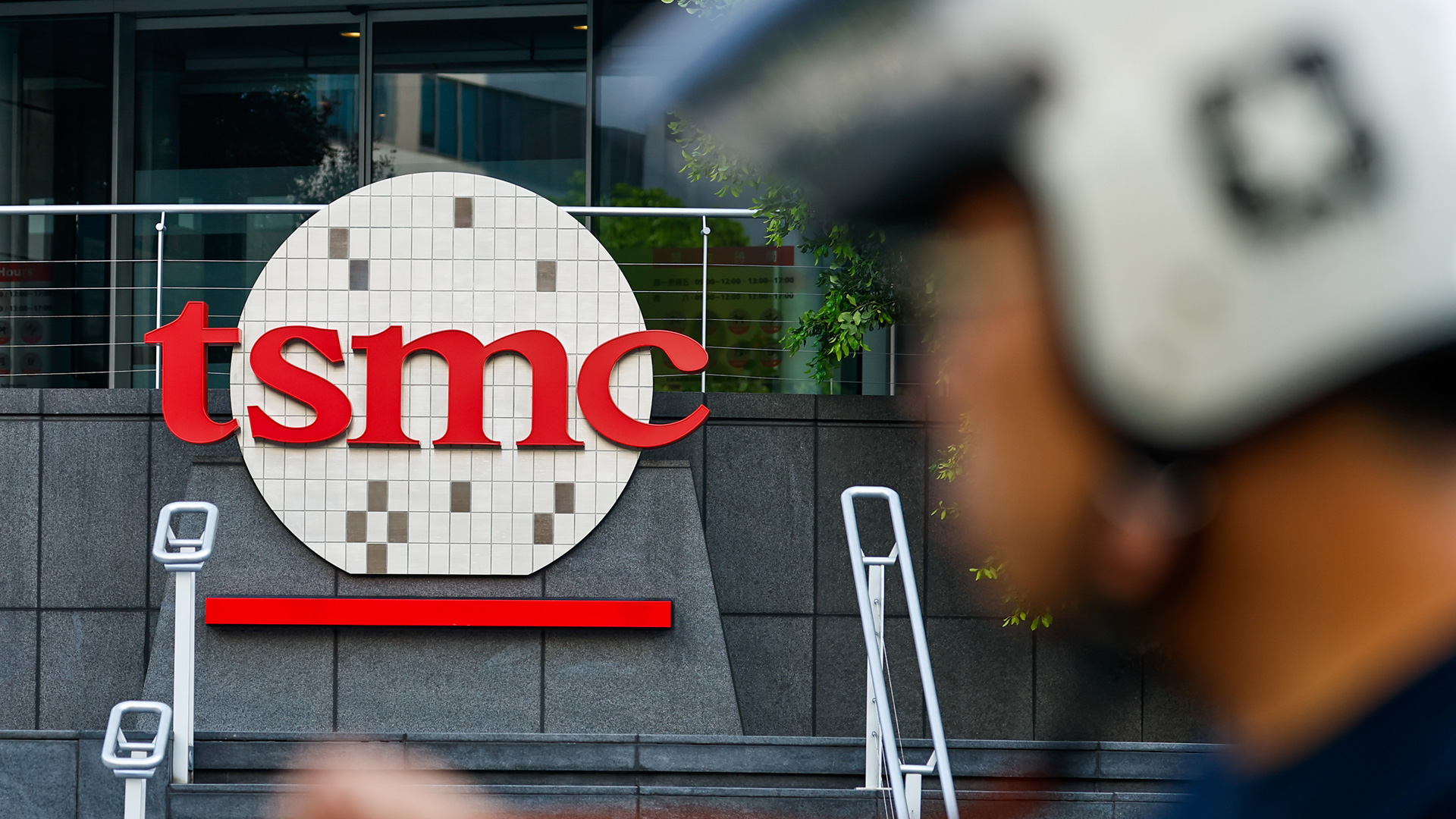
TSMC reportedly cuts Chinese chipmaking tools from 2nm fabs as suppliers face scrutiny due to emerging new US restrictions
By Luke James Published
-
Quantum Computing
-
-
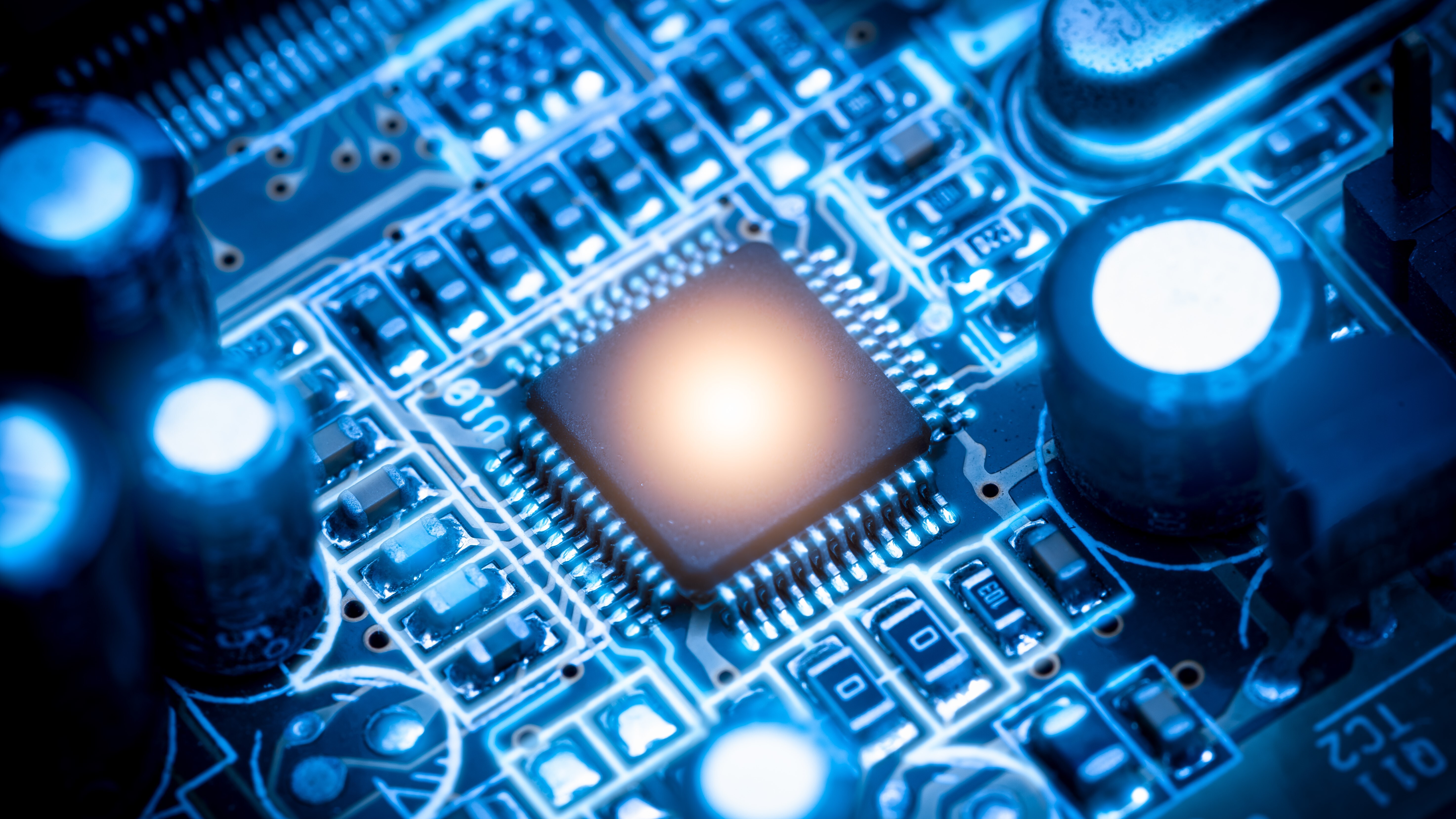
Quantum internet is possible using standard Internet protocol
By Sunny Grimm Published
-
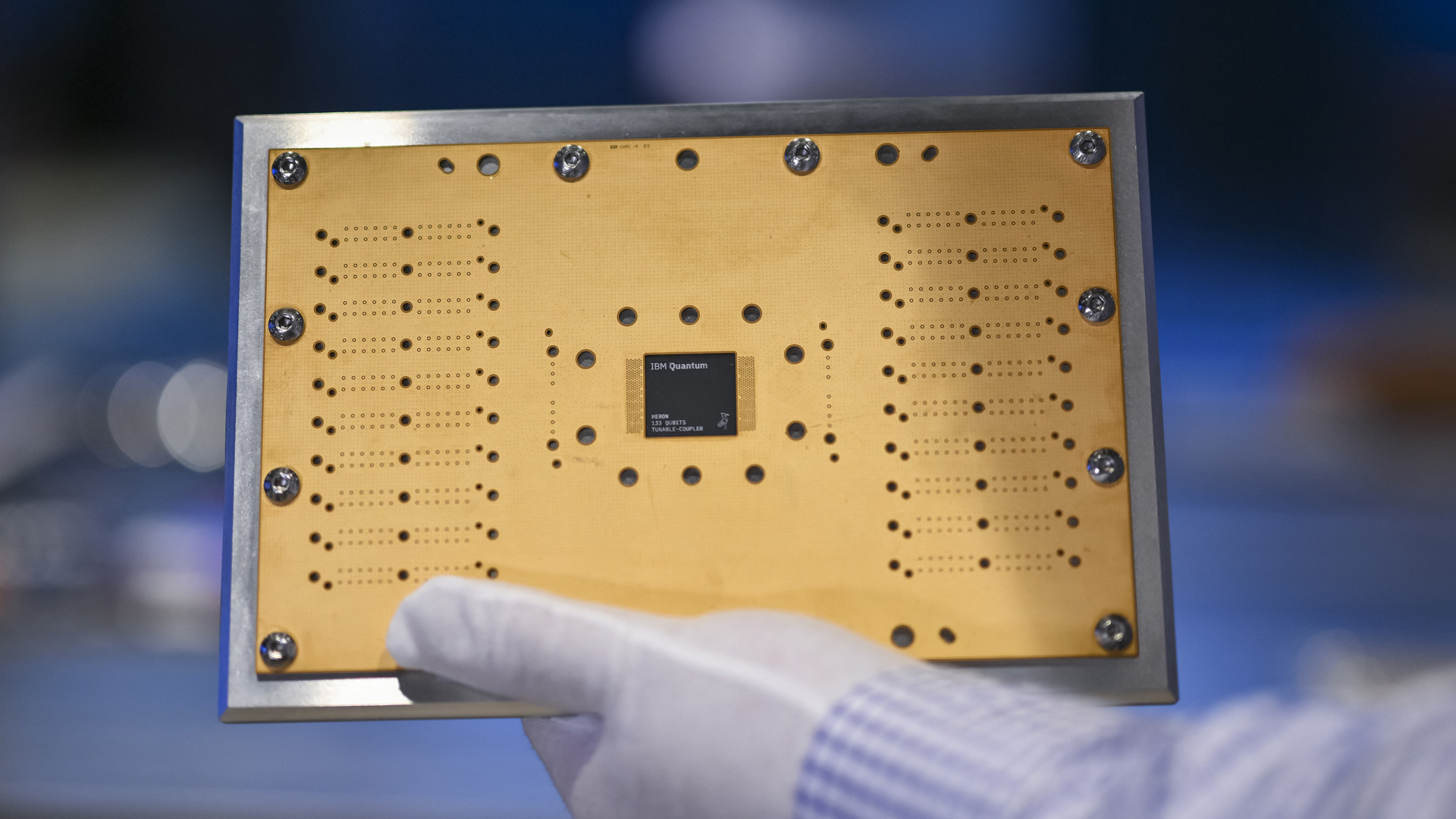
Quantum machine learning unlocks new efficient chip design pipeline
By Jon Martindale Published
-
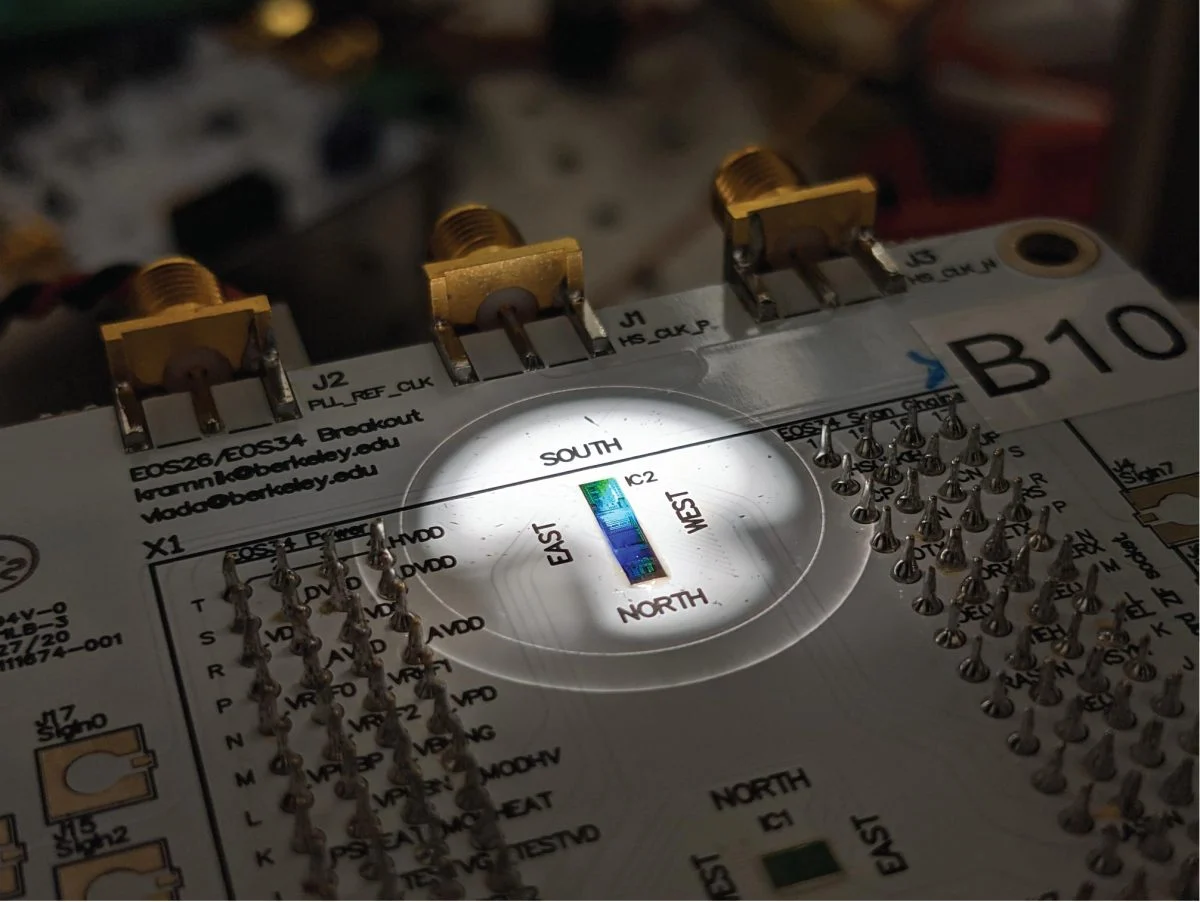
The world's first hybrid chip combining photonics and electronics with quantum computing is here, and it's built like a normal silicon SoC
By Hassam Nasir Published
-
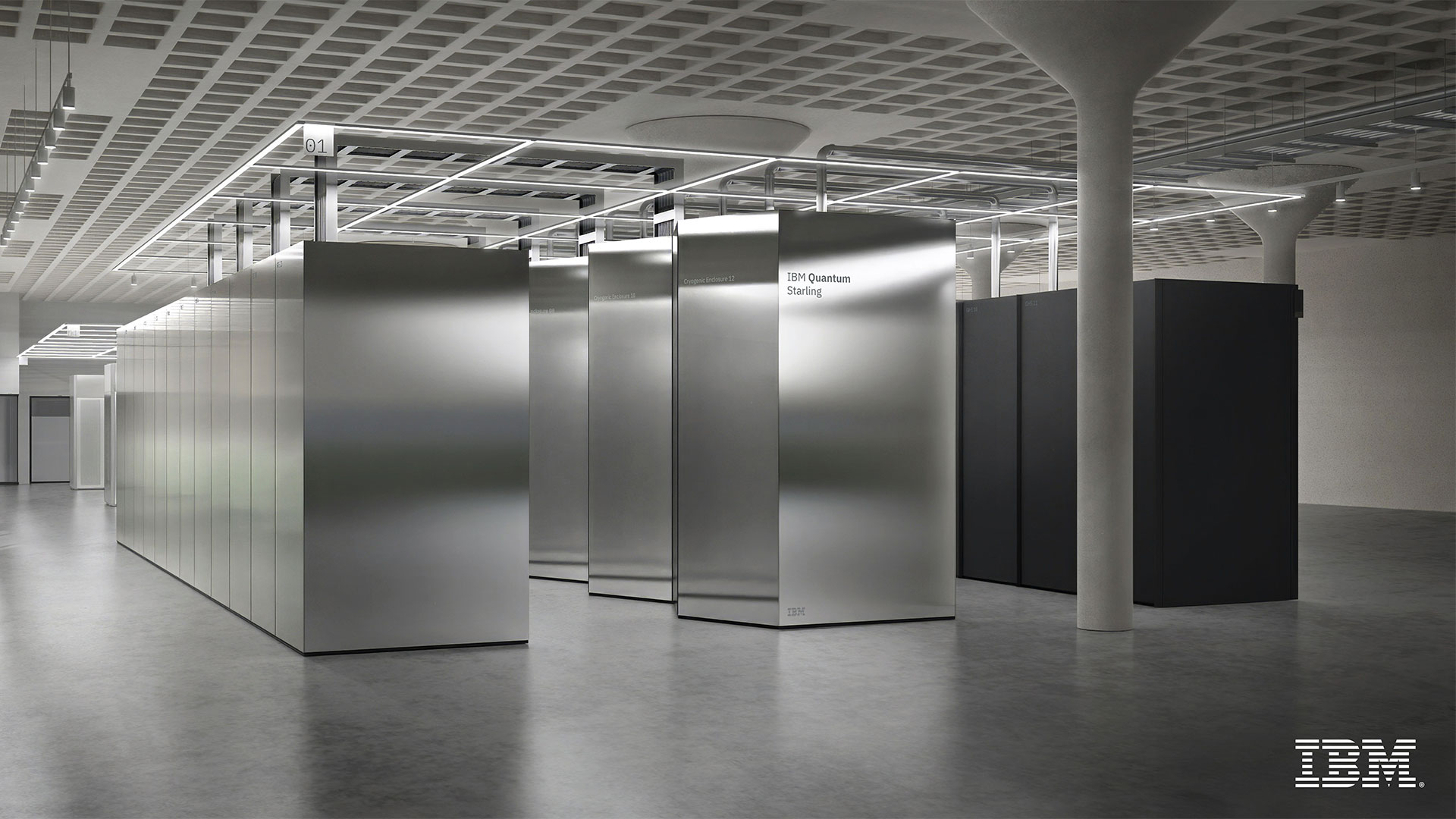
IBM is building a large-scale quantum computer that 'would require the memory of more than a quindecillion of the world's most powerful supercomputers' to simulate
By Mark Tyson Published
-
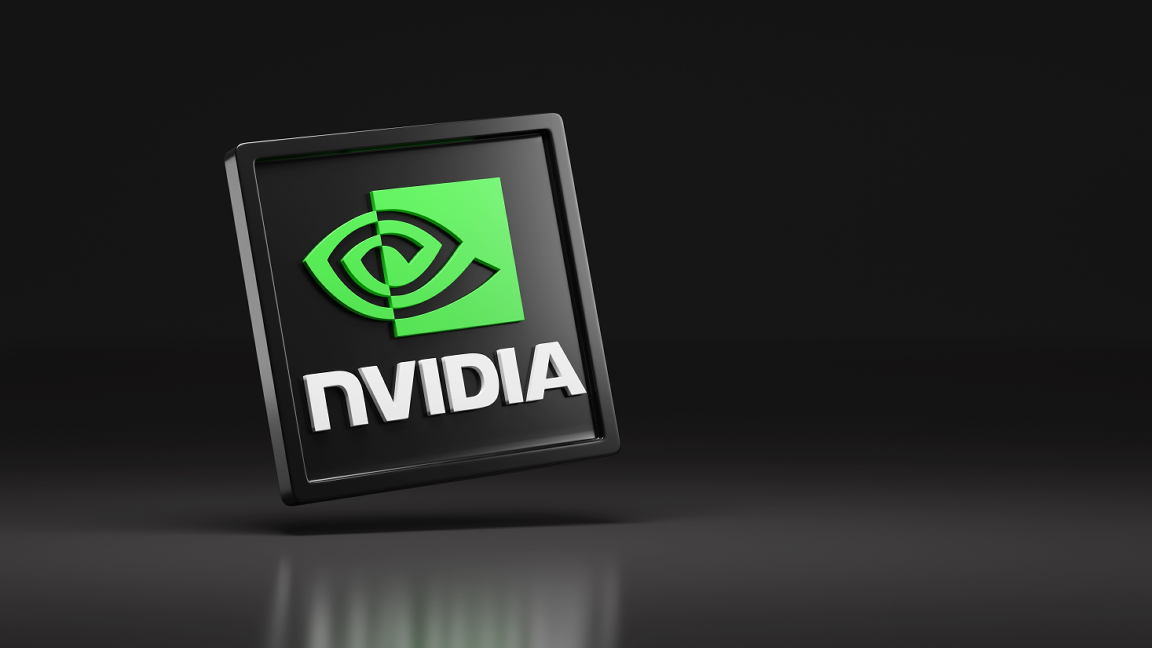
Nvidia in talks to invest in PsiQuantum
By Ash Hill Published
-
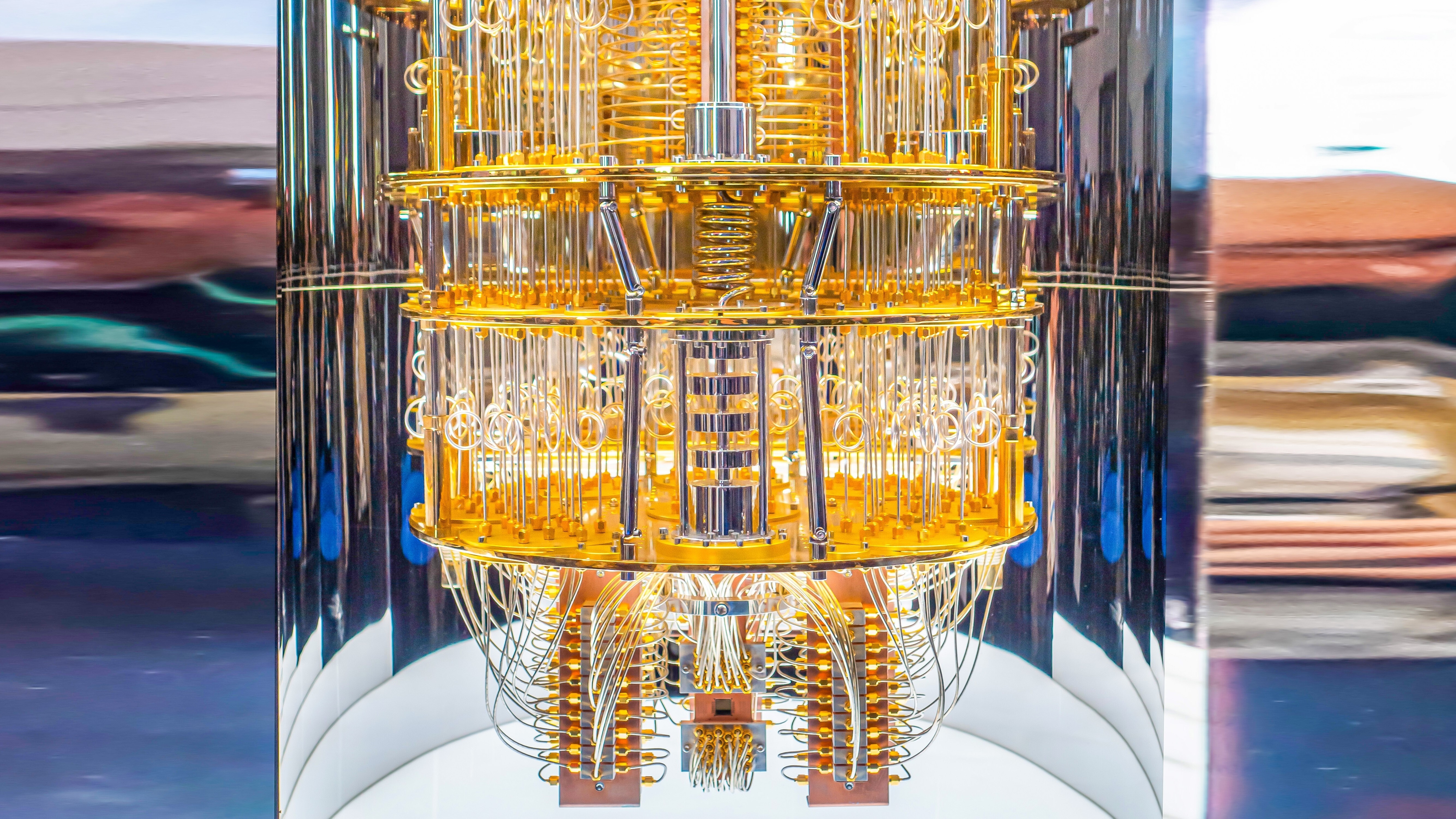
QNodeOS claims to be the first operating system for quantum networks, paving the way for future quantum applications
By Hassam Nasir Published
-
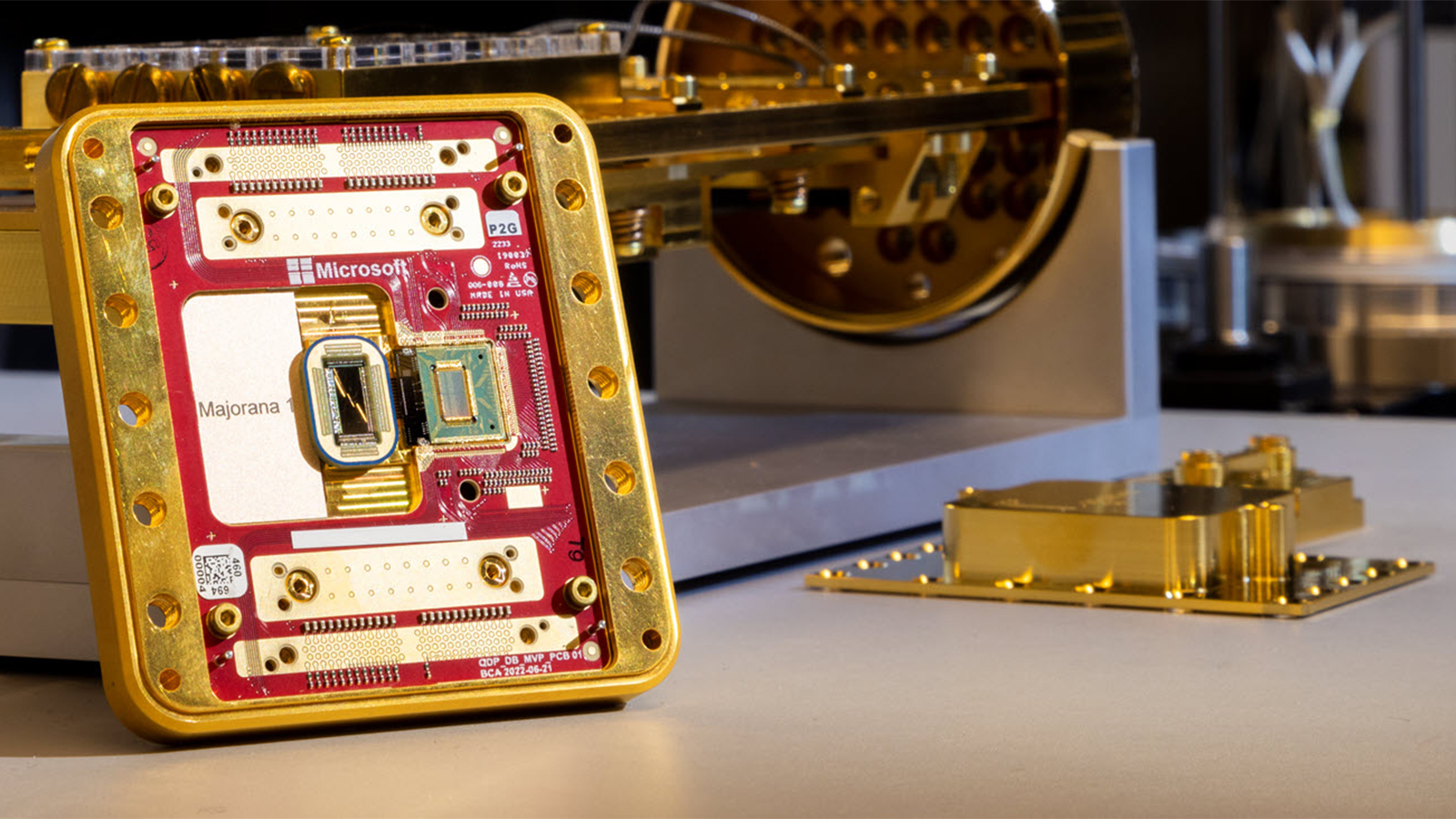
Microsoft's latest Quantum computing claims have been named 'unreliable' by scientists
By Jowi Morales Published
-
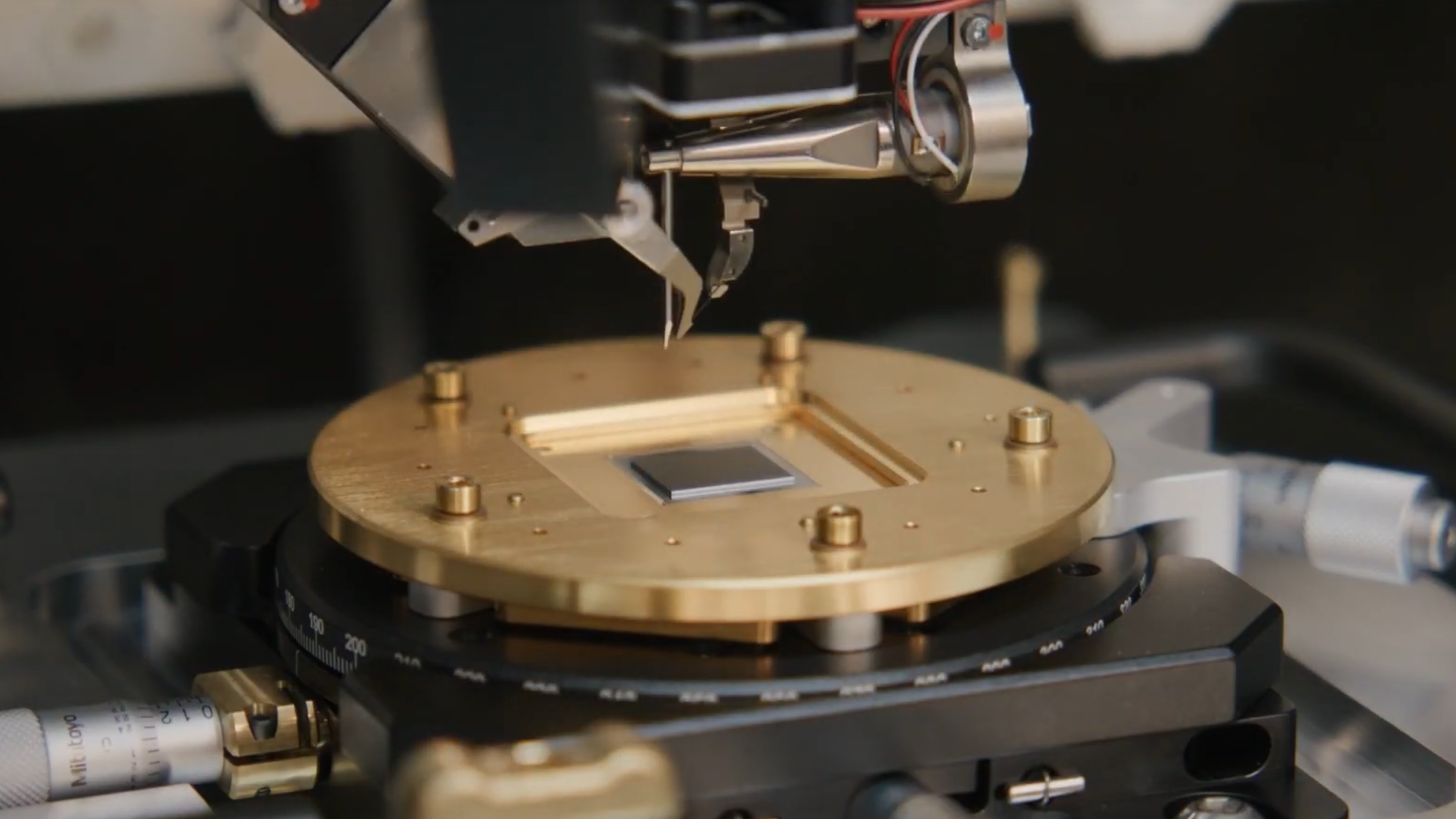
Amazon's Ocelot quantum chip uses 'cat qubits' to 'reduce error correction by up to 90%'
By Christopher Harper Published
-
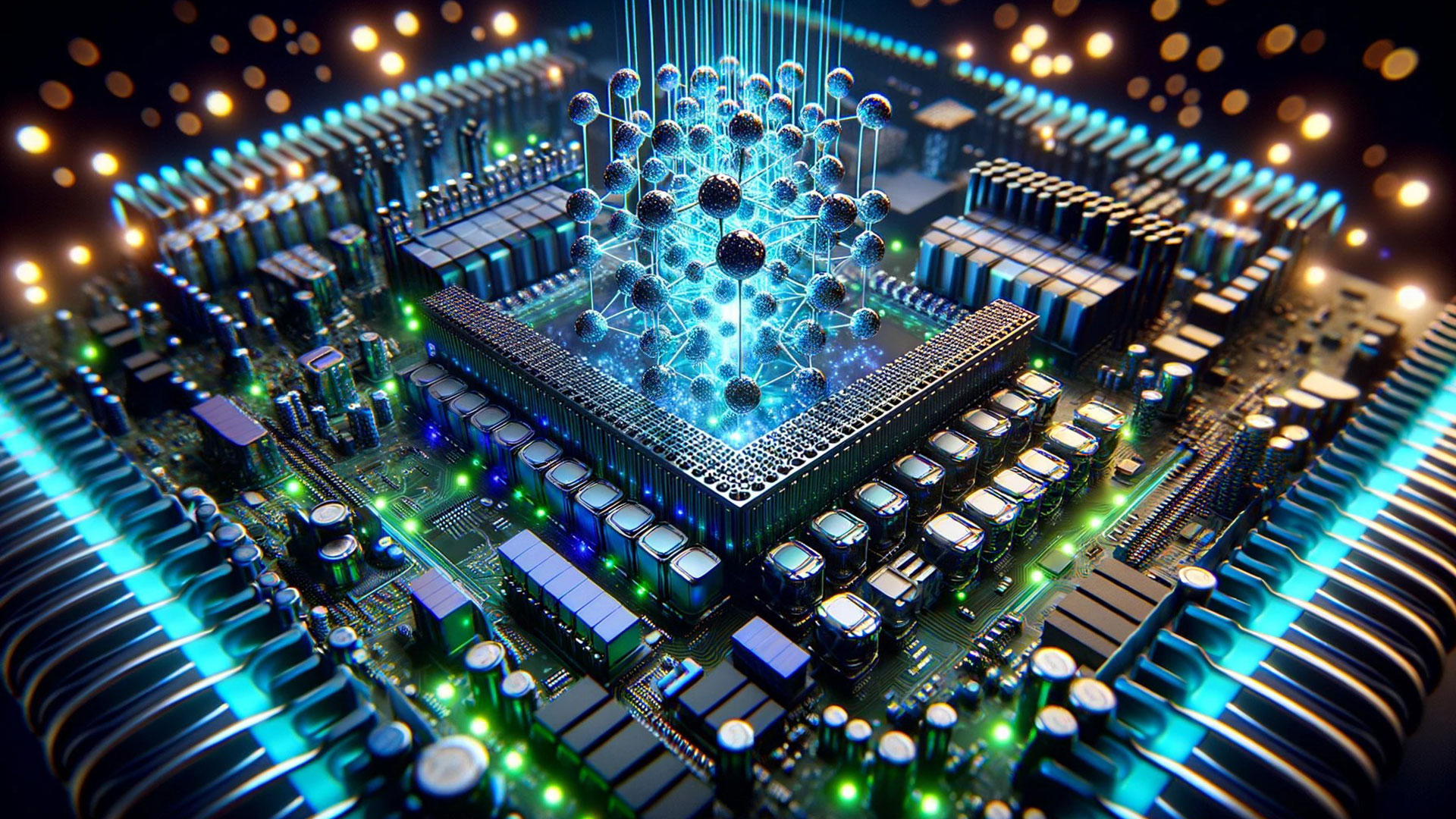
Quantum computing stocks dropped over 40% after Nvidia CEO prediction
By Aaron Klotz Published
-
Supercomputers
-
-

Nvidia GPUs and Fujitsu Arm CPUs will power Japan's next $750M zetta-scale supercomputer
By Hassam Nasir Published
-
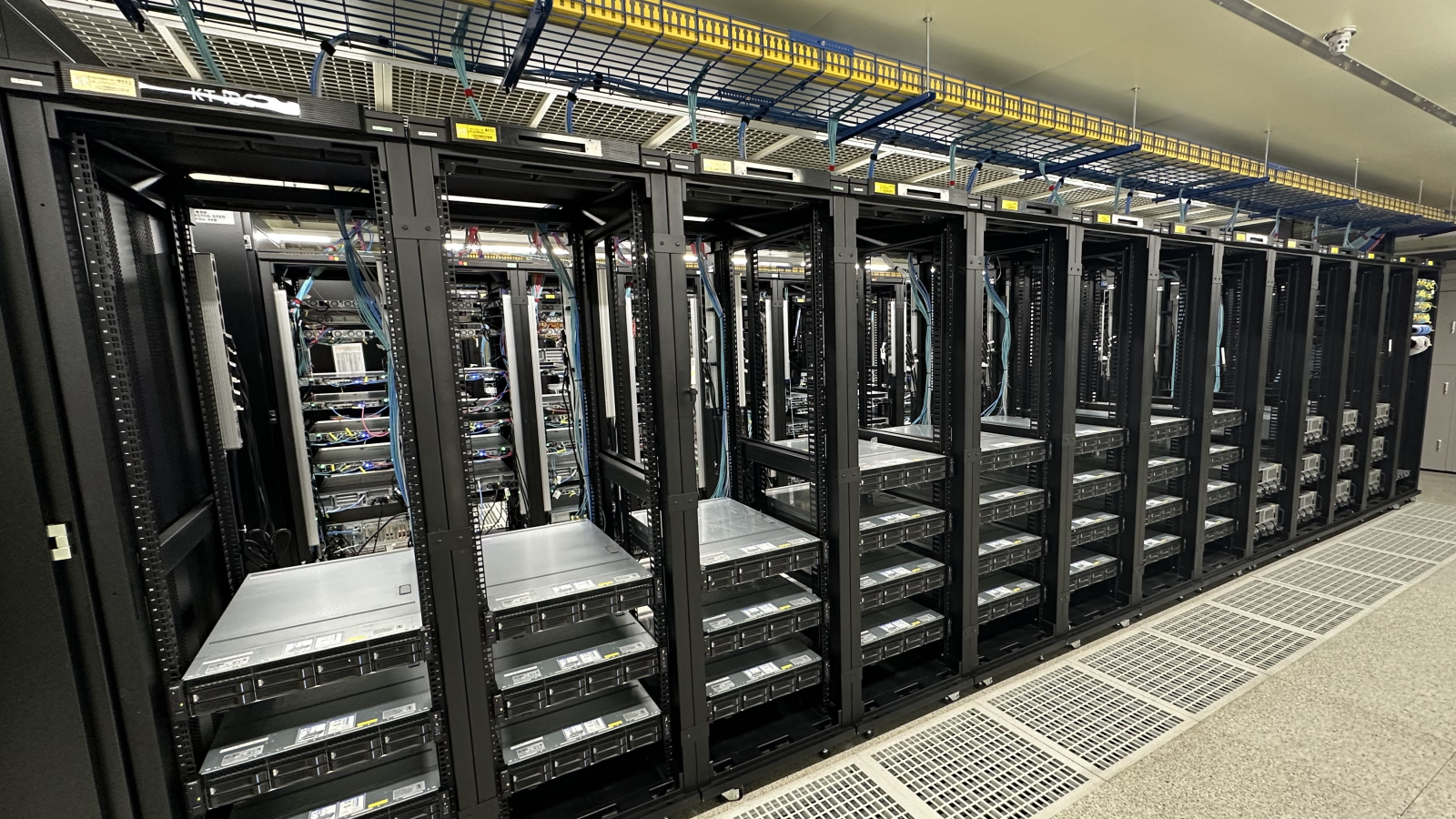
AMD's massive GPU VRAM on its Instinct cards has broken Linux's hibernation feature
By Hassam Nasir Published
-
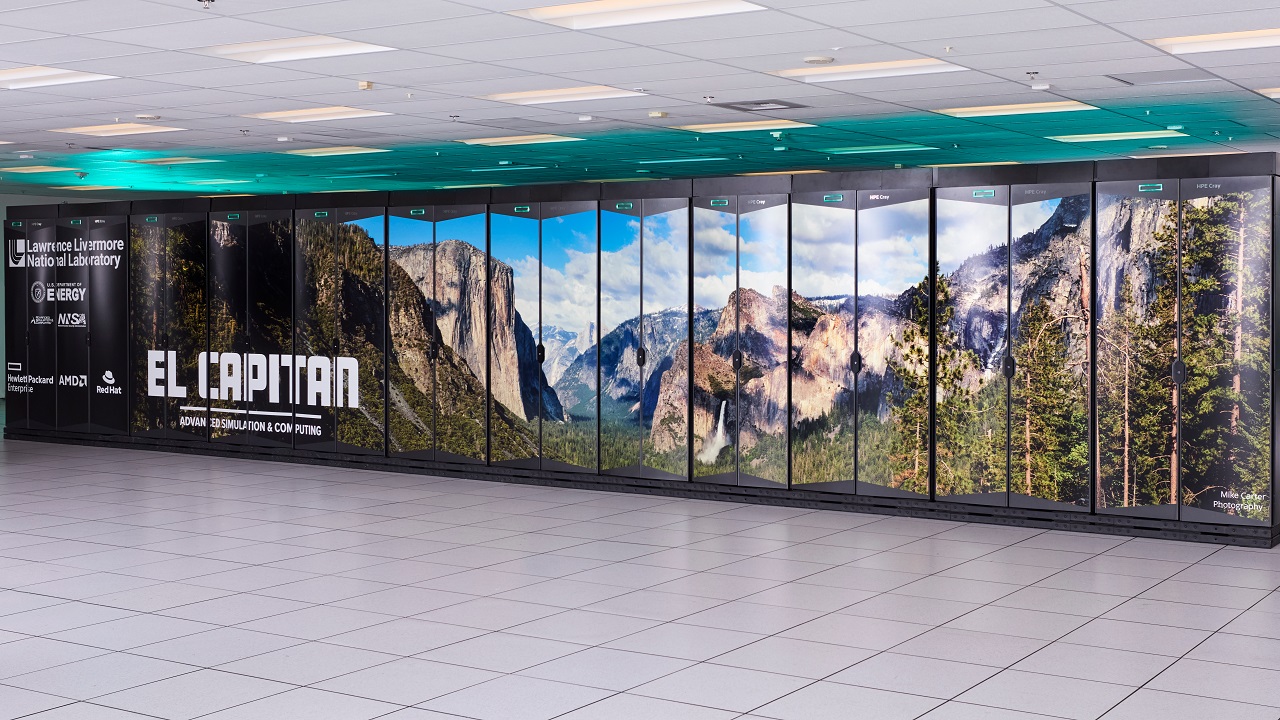
AMD supercomputers take gold and silver in latest Top500 as Chinese HPC remains shrouded in secrecy
By Anton Shilov Published
-

'Brain-inspired' supercomputer with no GPUs or storage switched on
By Aaron Klotz Published
-
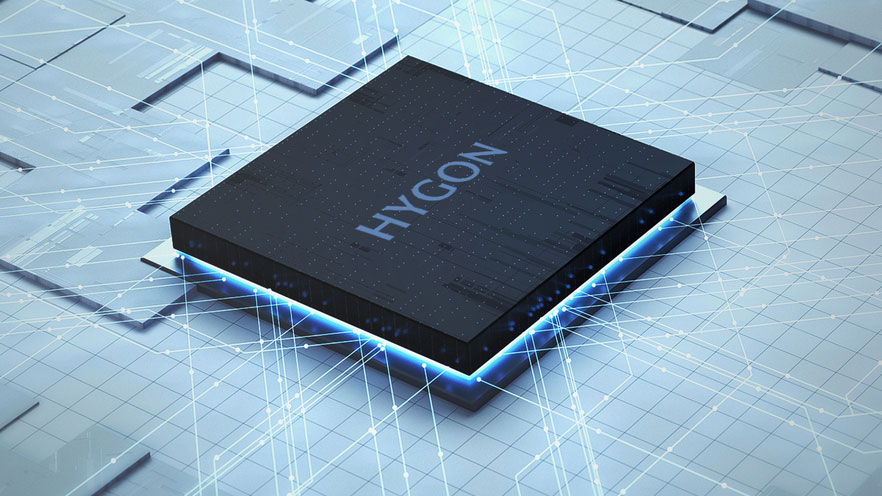
China’s Hygon and Sugon merge to form a vertically integrated supercomputing giant
By Mark Tyson Published
-
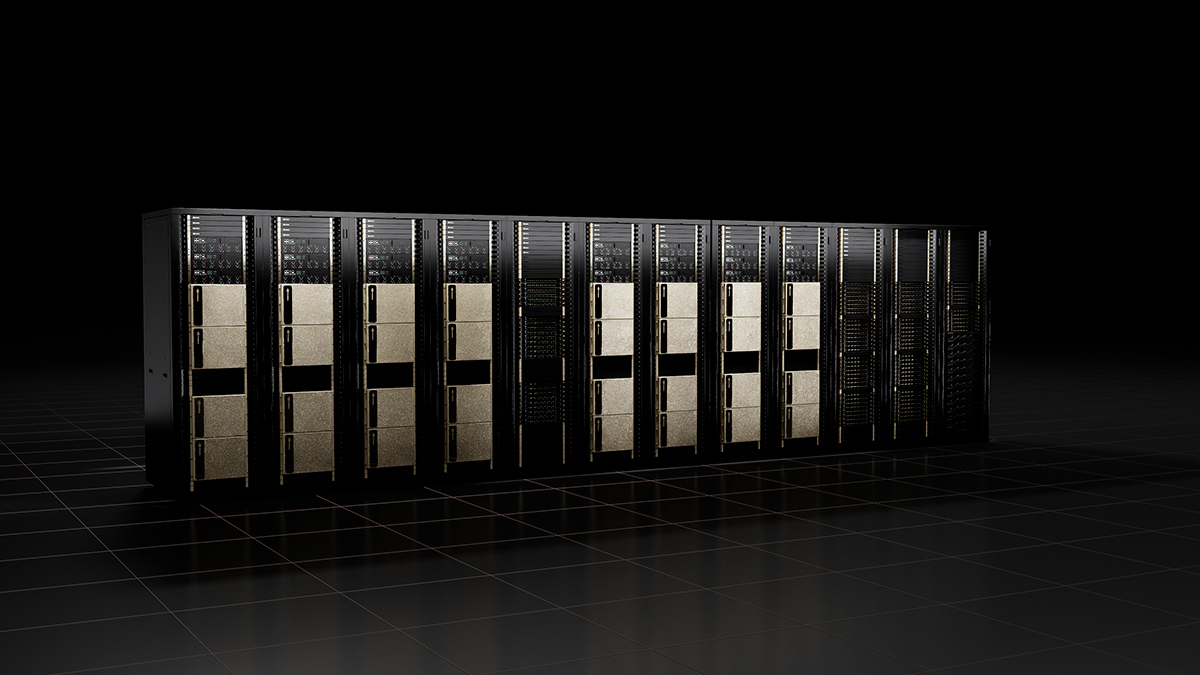
MSI to unveil desktop AI supercomputer at Computex 2025, powered by Nvidia DGX
By Stephen Warwick Published
-
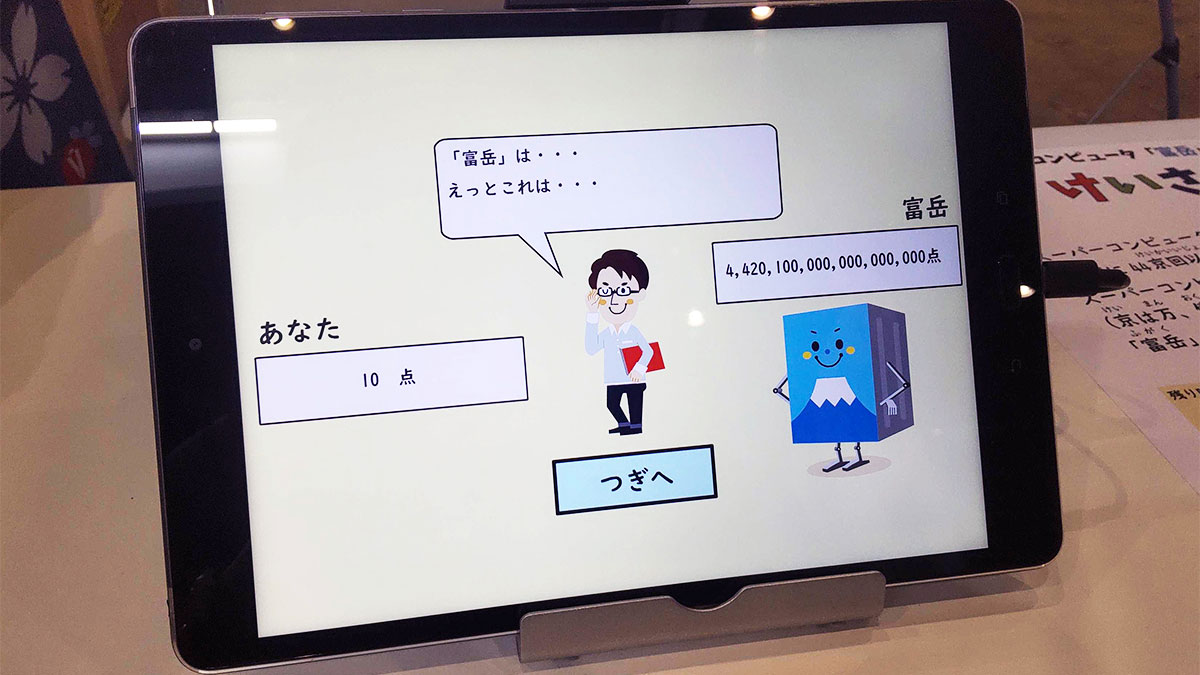
Supercomputer beats human four sextillion to 13 in ‘Super Keisan Battle’ at Japanese tech show
By Mark Tyson Published
-
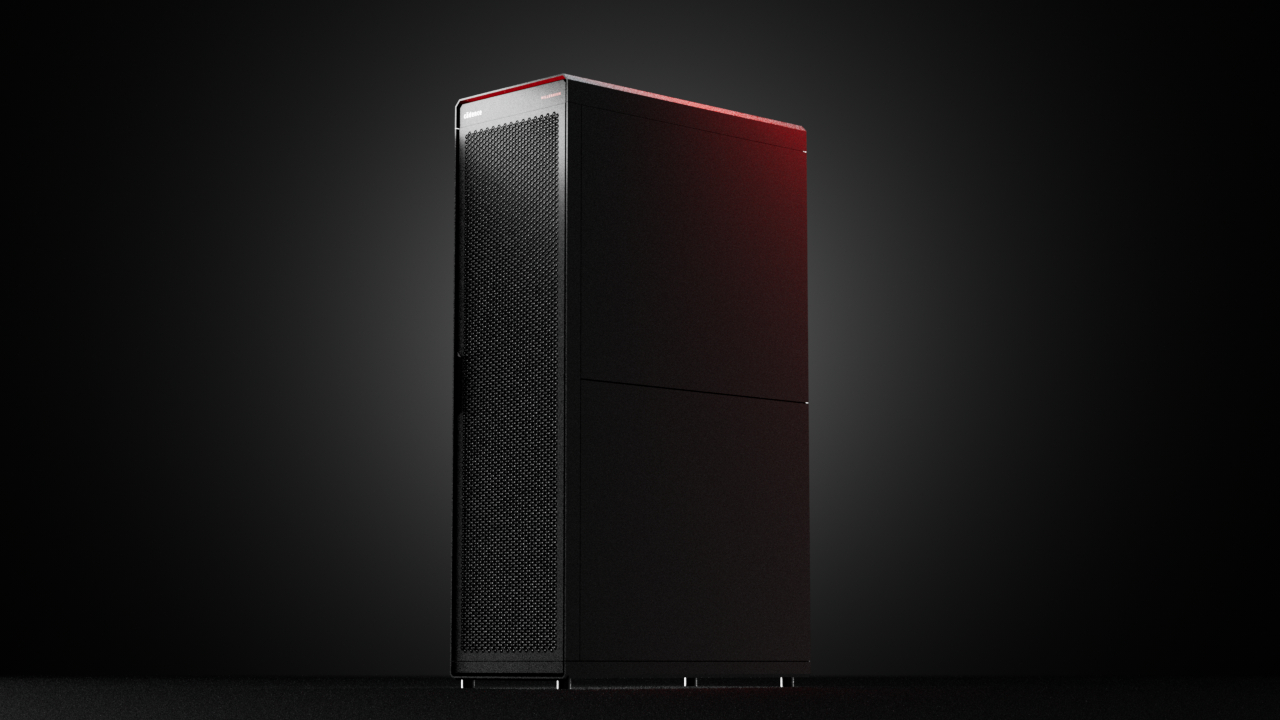
Cadence releases new AI supercomputer — uses Nvidia RTX Pro 6000 GPUs to improve simulation run time
By Jowi Morales Published
-

Elon Musk’s Nvidia-powered Colossus supercomputer faces pollution allegations from under‐reported power generators
By Jowi Morales Published
-
Superconductors
-
-

New 3D printing process could improve superconductors
By Ash Hill Published
-
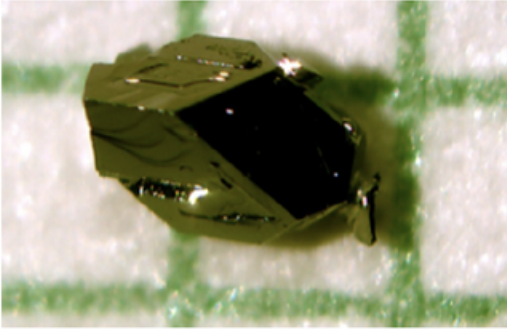
New research shows naturally occurring mineral is an 'unconventional superconductor' when purified
By Christopher Harper Published
-

New research reignites the possibility of LK-99 room-temperature superconductivity
By Francisco Pires Published
-
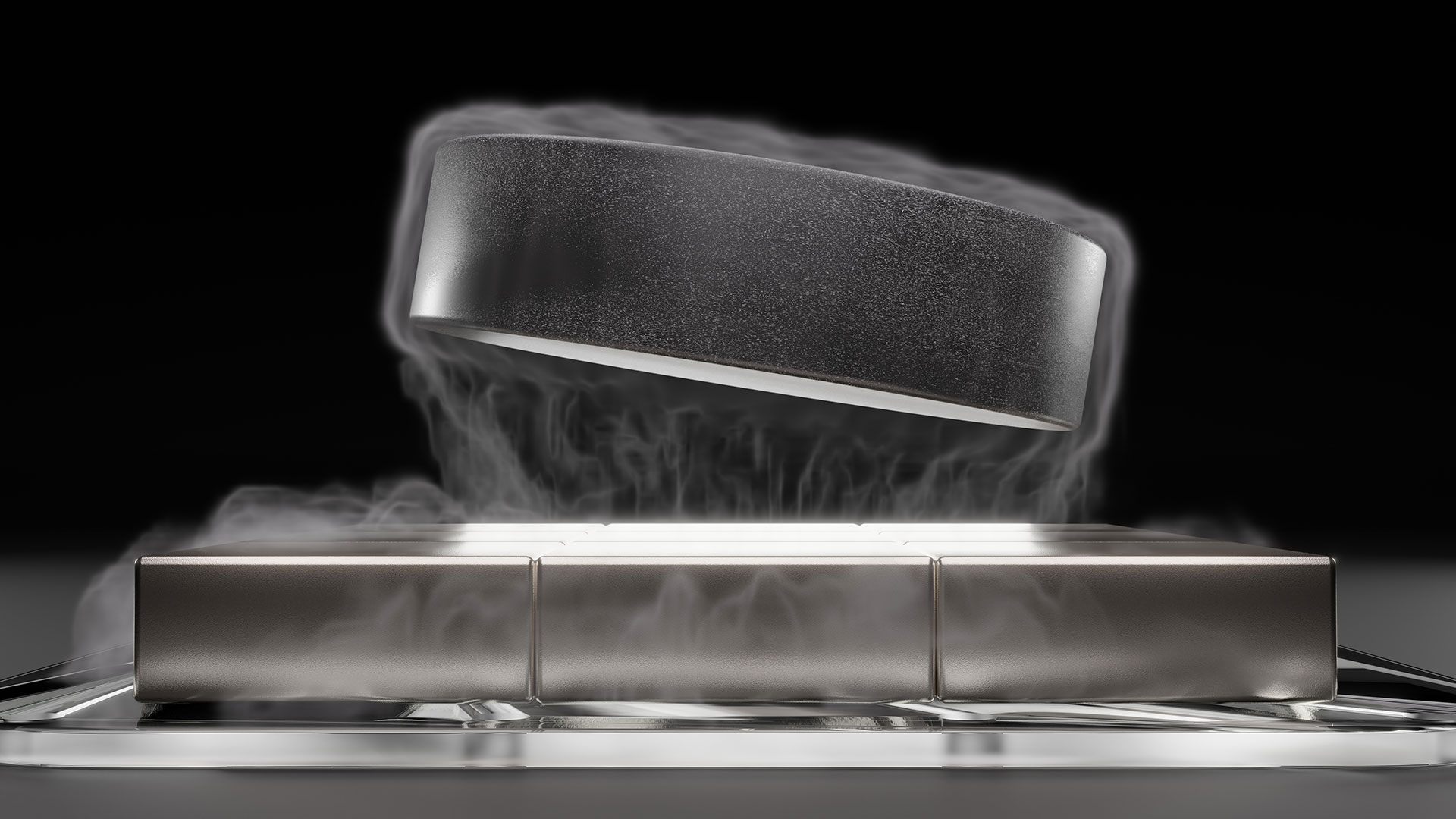
U.S. Govt and researchers seemingly discover new type of superconductivity in an exotic, crystal-like material
By Francisco Pires Published
-
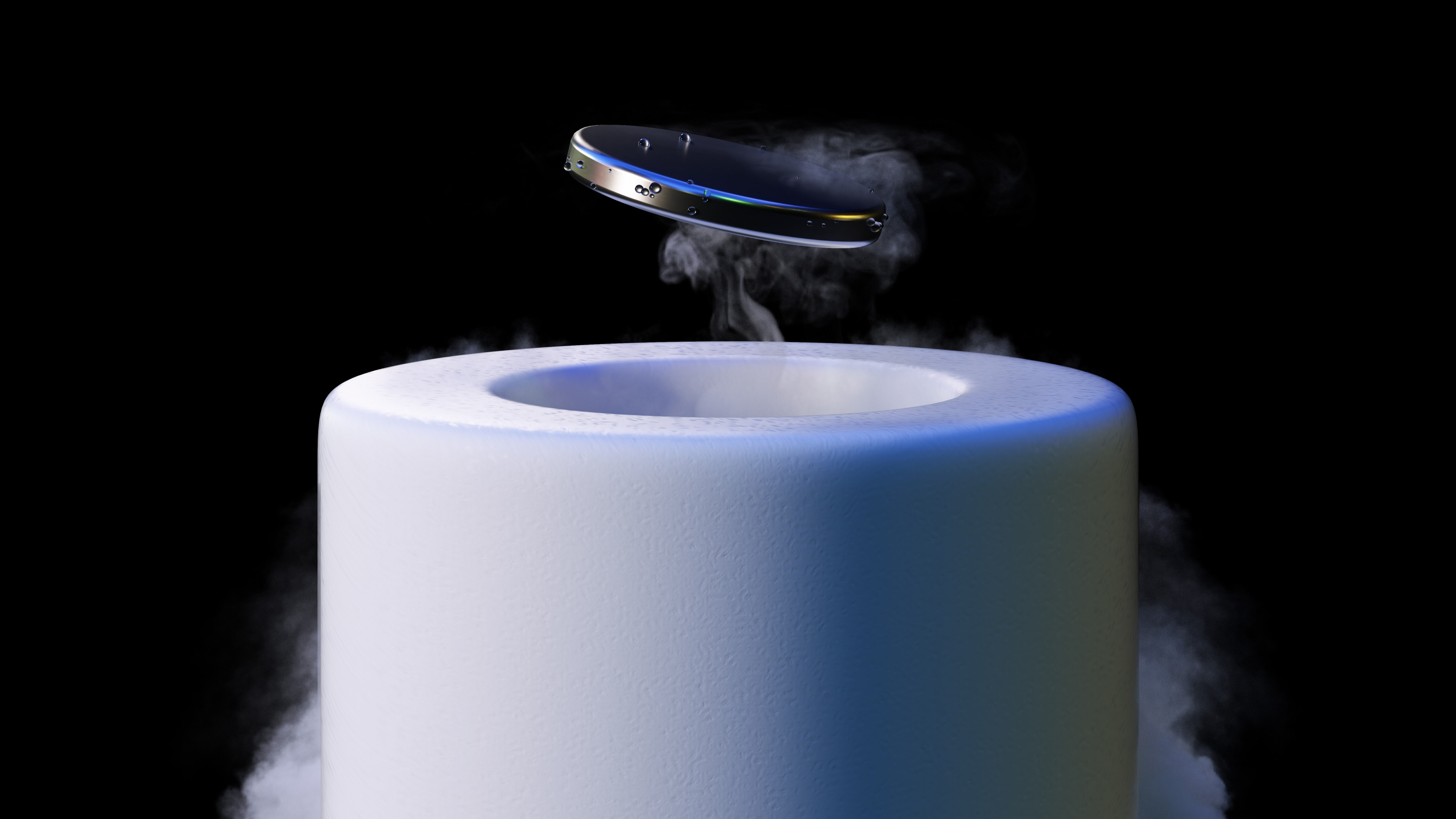
Nature Retracts Controversial Room Temperature Superconductor Paper (But Not LK-99)
By Francisco Pires Published
-

What is a Superconductor?
By Francisco Pires Published
-
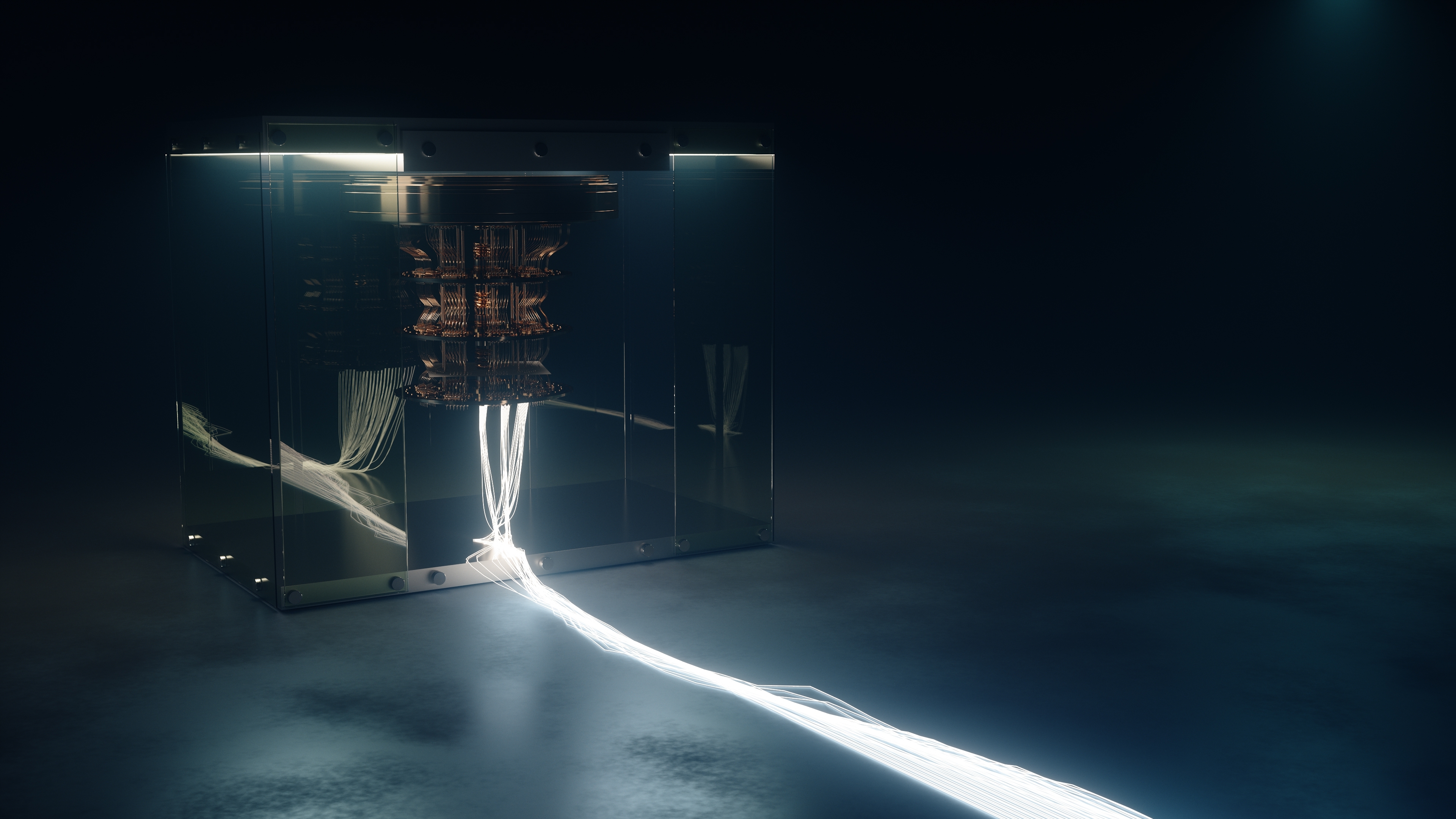
MIT's Superconducting Qubit Breakthrough Boosts Quantum Performance
By Francisco Pires Published
-
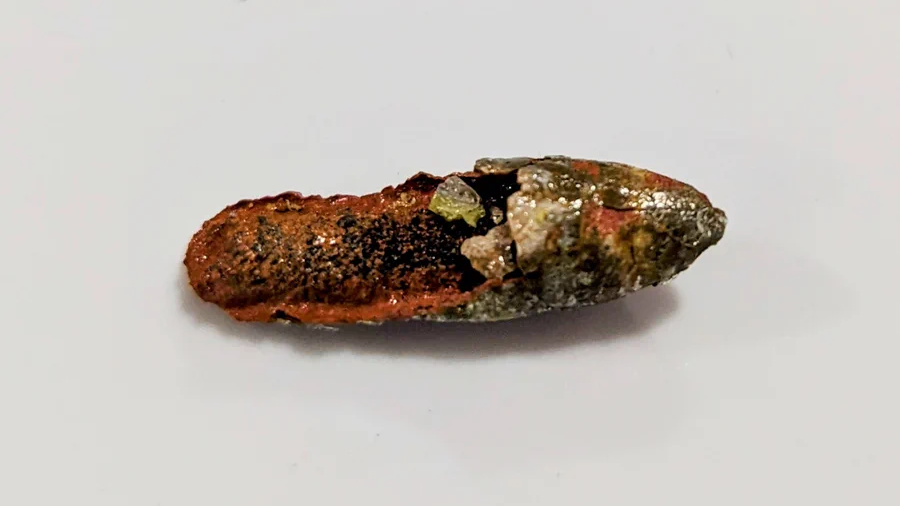
LK-99 Research Continues, Paper Says Superconductivity Could be Possible
By Francisco Pires Published
-

Is LK-99 a Superconductor After All? New Research and Updated Patent Say So
By Francisco Pires Published
-
More about Tech Industry
-
-

Intel’s BZM2 Blockscale chips return from the dead — and they’re being given away for free
By Luke James Published
-

Jaguar Land Rover shuts down production due to ransomware attack
By Nathaniel Mott Published
-

Google quietly removes net-zero carbon goal from website amid rapid power-hungry AI data center buildout
By Sunny Grimm Published
-